THE ADVOCATES
FIVE TRAITS MILLION-DOLLAR SERVICE ADVISORS HAVE (AND WHY IT MATTERS TO THEIR SHOP AND CUSTOMERS) PAGE 22


MAKING A CONNECTION Chelsea McDonald, advisorturned-manager of Certified Transmission, says empathy tops the list of must-have traits in service advisors. START TRAINING
PAGE 17
PAGE 30
PAGE 36 05.23 STRATEGIES & INSPIRATION FOR AUTO CARE SUCCESS
FOR ADAS
WRITE BETTER ADS, ATTRACT BETTER TECHS
STOKES: STOP CHASING ADVISORS AWAY
In this business, downtime isn’t an option. Nobody knows that better than NAPA. That’s why we’ve built America’s largest network of parts and care, here to give you the support you need to keep your business firing on all cylinders.


© 2022 National Automotive Parts Association LLC






ELECTRIFY YOUR BUSINESS Fix vehicles faster, including EVs and ADAS, with complete OEM repair information. PRODEMAND: GOLD Standard Auto Repair Information From estimate to invoice, manage all aspects of your shop with maximum efficiency. MANAGER SE: The #1 Shop Management Solution Attract & retain customers with powerful marketing and digital engagement services. SOCIALCRM: Premier Shop Marketing Services POWER UP YOUR SHOP’S FUTURE! Grow your business fast with award-winning auto repair information software and services from Mitchell 1. From industry-leading wiring diagrams through shop management and marketing services, we’ll help charge up your shop for a more productive, profitable future. Contact us and get a free demo at 888-724-6742 or visit mitchell1.com. © 2023 Mitchell Repair Information Company, LLC. All Rights Reserved. Mitchell1® is a registered trademark used herein under license.
CHRIS JONES
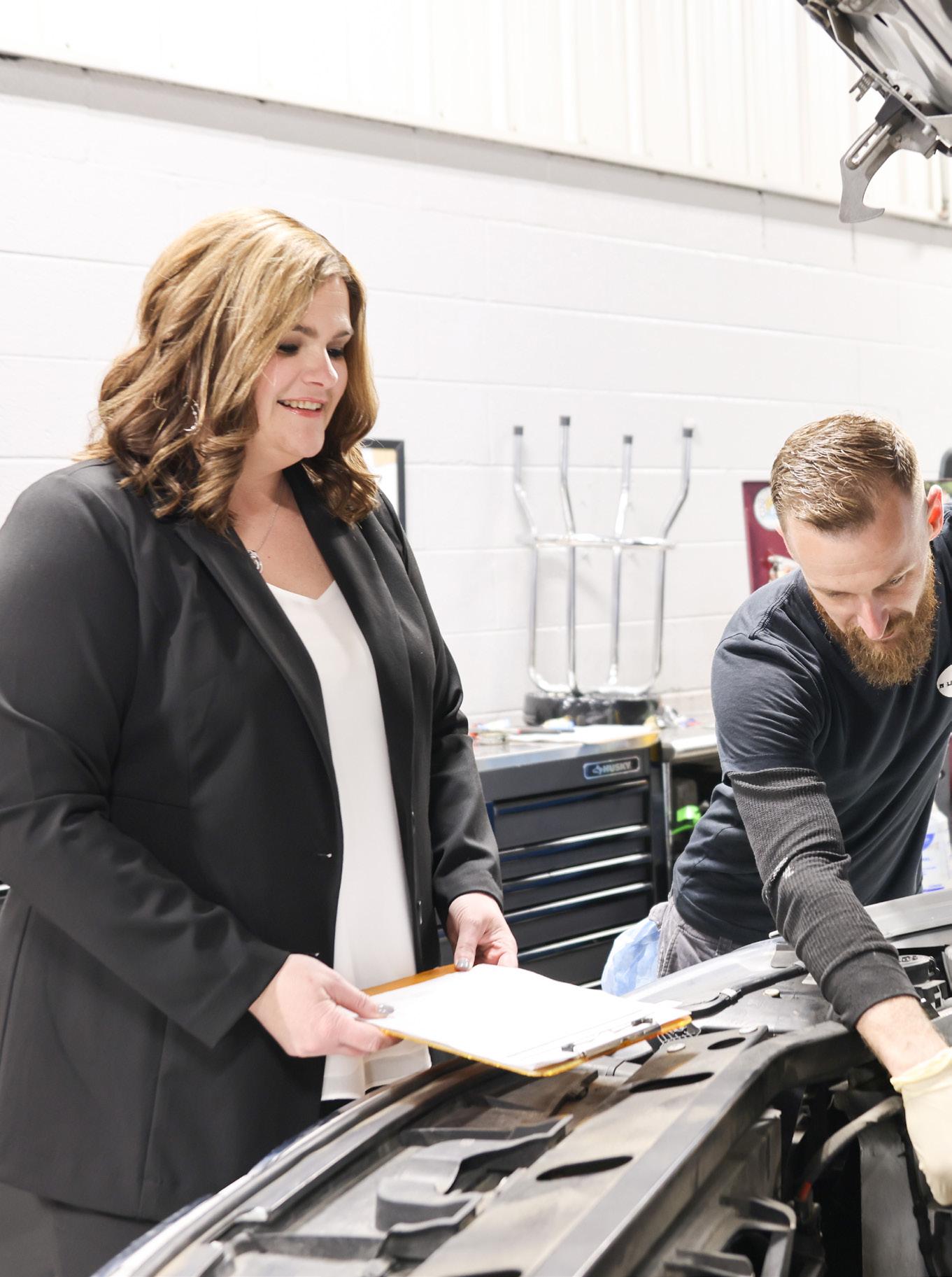
4 / R+W / 05.23 MAY 05.23 VOLUME 11 NUMBER 5 FEATURE ON THE COVER: Chelsea McDonald of Certified Transmission photographed by Don Shepard. Uniting Front and Back of House Anje Johnson of EuroFix believes advisors should have strong communication with techs to better serve customers. 22 FEATURE Million-dollar service advisors from three shops share five traits that service advisors need to be more successful at the job. BY
EDITOR’S LETTER Is your home (page) in order? BREAKDOWN Looking at the recession through the eyes of your customers NUMBERS How often do you update your website? ADAPT Getting your techs ready to service ADAS-enabled vehicles SHOP VIEW Protech Automotive Services Johnston, Rhode Island STRAIGHT TALK How to lead through each stage of your business JOE MARCONI SALES+MARKETING Is your website making or costing you money? CASE STUDY How changing the focus of a job ad led to qualified candidates LAW What to do if a customer gets hurt at your shop THE FIXER Here’s what top-selling advisors want out of shops AARON STOKES 07 09 15 17 18 21 30 32 34 36 Ratchet+Wrench (USPS 9957), (ISSN 2167-0056) is published monthly 12 times per year by Endeavor Business Media, LLC. 1233 Janesville Ave., Fort Atkinson, WI 53538. Periodical postage paid at Fort Atkinson, WI, and additional mailing offices. POSTMASTER: Send address changes to Ratchet+Wrench, PO Box 3257, Northbrook, IL 60065-3257. SUBSCRIPTIONS: Publisher reserves the right to reject non-qualified subscriptions. Subscription prices: $90.00 per year (U.S.A. only). All subscriptions payable in U.S. funds. Send subscription inquiries to Ratchet+Wrench, 571 Snelling Avenue North, St. Paul, MN 55104. Customer service can be reached toll-free at 877-382-9187 or at ratchetwrench@omeda.com for magazine subscription assistance or questions. Printed in the USA. Copyright 2023 Endeavor Business Media, LLC. All rights reserved. No part of this publication may be reproduced or transmitted in any form or by any means, electronic or mechanical, including photocopies, recordings, or any information storage or retrieval system without permission from the publisher. Endeavor Business Media, LLC does not assume and hereby disclaims any liability to any person or company for any loss or damage caused by errors or omissions in the material herein, regardless of whether such errors result from negligence, accident, or any other cause whatsoever. The views and opinions in the articles herein are not to be taken as official expressions of the publishers, unless so stated. The publishers do not warrant either expressly or by implication, the factual accuracy of the articles herein, nor do they so warrant any views or opinions by the authors of said articles.
EDITORIAL
CONTENT DIRECTOR
Matt Hudson
EDITOR
Chris Jones
ASSISTANT EDITOR
Kacey Frederick
CONTRIBUTING WRITERS
Joe Marconi, Aaron Stokes, Nolan O’Hara, Tess Collins, Kimanzi Consable
PRODUCTION
SR. ART DIRECTOR
Jonathan Ricketts
ART DIRECTORS
Molly VanBrocklin
PRODUCTION MANAGER
Mariah Straub
AD SERVICES MANAGER
Jen George
SALES
VICE PRESIDENT AND PUBLISHER
Chris Messer 651.846.9462 / cmesser@endeavorb2b.com
ASSOCIATE PUBLISHER
Andrew Johnson 651.846.9459 / ajohnson@endeavorb2b.com
MARKETING STRATEGISTS (NATIONAL ACCOUNTS)
Marianne Dyal 706.344.1388 / mdyal@endeavorb2b.com
Chad Hjellming
651.846.9463 / chjellming@endeavorb2b.com
Bob Marinez

216.533.8747 / bmarinez@endeavorb2b.com
Martha Severson
651.846.9452 / mseverson@endeavorb2b.com
Kyle Shaw
651.846.9490 / kshaw@endeavorb2b.com
Dan Thornton
734.676.9135 / dthornton@endeavorb2b.com
Sean Thornton
269.449.0257 / sthornton@endeavorb2b.com
ASSOCIATE MARKETING STRATEGIST (NATIONAL ACCOUNTS)
Kenzie Verschoor
651.846.9472 / kverschoor@endeavorb2b.com

REGIONAL SALES MANAGER
Matt Harper
651.846.9551 / mharper@endeavorb2b.com
SENIOR MARKETING STRATEGIST (REGIONAL ACCOUNTS)
Melody Todd
651.846.9468 / mtodd@endeavorb2b.com
MARKETING STRATEGIST (REGIONAL ACCOUNTS)

Tim Hill
651.846.9454 / thill@endeavorb2b.com
CUSTOMER SUCCESS REPRESENTATIVE (REGIONAL ACCOUNTS)
Autumn Morey
651.846.9460 / amorey@endeavorb2b.com
ADMINISTRATIVE ASSISTANT
Ryan McCanna
EDITORIAL ADVISORY BOARD
John Miller, Fifth Gear Automotive; Doug Grills, AutoStream Car Care Center; Jimmy Alauria, 3A Automotive Service; Andrew Marcotte, American Pride Automotive; Bruce Howes, Atlantic Motorcar Center; Rob Choisser, Choisser Import Auto Services; Lucas Underwood, L&N Performance Auto Repair; Ryan Hillebrand, Urb’s Garage
HOW TO REACH US
ENDEAVOR BUSINESS MEDIA
571 Snelling Avenue North, St. Paul, MN 55104 tel 651.224.6207 fax 651.224.6212 web endeavorbusinessmedia.com
The annual subscription rate is $90 (U.S.A. only) for companies not qualified to receive complimentary copies of Ratchet+Wrench.
LETTERS TO THE EDITOR editor@ratchetandwrench.com
Opinions expressed in Ratchet+Wrench are not necessarily those of Endeavor Business Media, and Endeavor Business Media does not accept responsibility for advertising content.
05.23 / R+W / 5
To subscribe or renew for free today, visit ratchetandwrench.com/subscribe SUBSCRIBE. “Ratchet+Wrench is our go-to resource with leadership and organizational development for our team at
Automotive.
other publication out there that
to
-Dwayne Myers, CEO and Co-Owner, Dynamic Automotive, 4 locations in
Dynamic
There is no
can compare
the depth of information we find valuable every day.”
Maryland



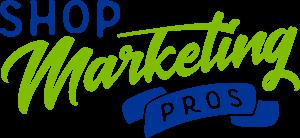


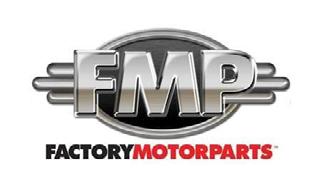


6 / R+W / 05.23 ONLINE EXTRAS CLICK
THE LOGO
PRODUCT INFORMATION Advance Auto Parts BendPak AutoZone Worldpac Shop Marketing Pros NAPA RepairPal Ratchet+Wrench Management Conference Factory Motor Parts Buy Auto Supply Mitchell 1
ON
BELOW FOR
It’s Time to Focus on Home (Pages)
Recent
Without a doubt, Elon Musk has changed the social media landscape. Since his takeover of Twitter, he has instituted policies that are being echoed across some social media platforms—paid verification, anyone?—from which we may never digress. And for years, marketing companies have been on the digital curbside like virtual street preachers warning business owners to turn from their sin of using social media sites as their primary vehicle of customer outreach.
At its best (and maybe purest), social media is a tool designed to engage customers to draw traffic from these platforms back to your website. They should work together in an ecosystem with your website as the hub and your other tools as spokes extending from the center to give you a balanced marketing wheel.

A well-designed and maintained website has the potential to function like a digital service advisor and generate money for your shop long after you’ve locked up for the day. To explain why this is important and how to create a better customer experience through your website, we turned to three industry experts in, “How to Put Your Website to Work” (p. 35).
(And if you’re curious about how often other shop owners update their websites, our Numbers column can you get you up to speed on that information on p. 15. You might also find it shocking that 11% of auto repair shops still don’t have a website).
On the human side of business, Ratchet+Wrench spoke to top-performing service advisors—each generating upwards of $2 million or more—this month to find out what it takes to be in the upper echelon of their field. From mindset and communication to an insatiable thirst for knowledge, they shared their best tips
in this month’s feature “Million-Dollar Advice” (p. 24).
Finally, along the lines of money, Dennis McCarron, an industry finance expert with Cardinal Brokers, talked about how shops can overcome the recession and much of that begins at the front counter. In “Reframing the Recession” (p. 11), he explains why focusing on exemplary customer service, listening to the needs of your customer and understanding their financial situation while maintaining your company standard are the key ingredients for standing tall during economic uncertainty.
CHRIS JONES, EDITOR CHRISTOPHERJ@ENDEAVORB2B.COM


EDITOR'S LETTER
social media changes are a clear reminder that good shop websites matter most of all
PROFESSIONAL EDGE
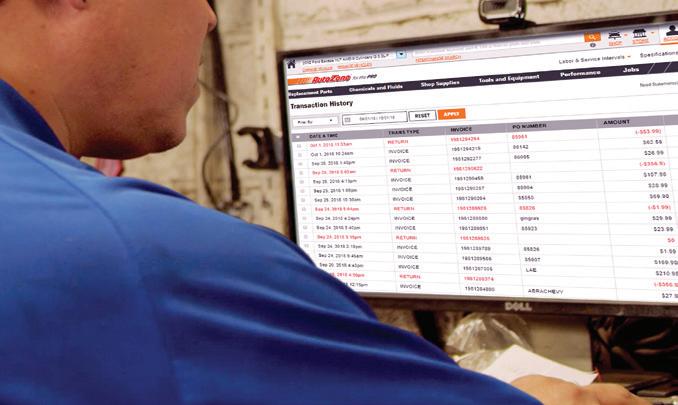











STREAMLINED ACCOUNT MANAGEMENT
AVAILABILITY & FASTER DELIVERY
PRICING
PARTS BUYING INNOVATION GEARED
YOUR SUCCESS
PARTS ORDERING
more accurate searches with the click of a mouse • Search multiple terms at once • Search by job or create and save your own • Search our extended parts catalog • Search results with multi-view images • Create estimates right on the site or app • Upgraded mobile app featuring VIN scanning and license plate look-up Intuitive experience that puts all your business needs and activity in one place • Full transaction access • Paperless deliveries and instant returns • Secure online bill payment Maximize your profit potential with the most comprehensive inventory, available around the corner • World-class distribution network • In-Stock late model coverage • Expanded import coverage • Easily track orders online • GPS delivery mapping for fastest route to your shop Worry-free pricing means you can order with ease • Multi-sourced price matching intelligence • Custom competitive pricing • Priced to drive your success © 2023 AutoZone Inc. All rights reserved. AutoZone and AutoZone & Design are registered marks of AutoZone IP, C or one of its affiliates. All other marks are the property of their respective owners. MAXIMIZE YOUR EFFICIENCY AND PROFITABILITY TODAY. SIGN UP AT AUTOZONEPRO.COM
EXPANDED
EXCLUSIVE
TOWARD
EASIER
Faster,
REFRAMING THE RECESSION S
ince the pandemic, Americans have feared another recession on the horizon. Dennis McCarron, a partner at an automotive brokerage called Cardinal Brokers, spoke to Ratchet+Wrench about what a recession would mean to shops and how shop owners should respond.











It’s assumed that the auto industry in general tends to be resistant to economic downturns, as most consumers will always need transportation.
BY KACEY FREDERICK
“When the economy goes down and people pull back on their spending, they still have to go to work, they still have to pick up their kids; they still need a mode of transportation,” McCarron says.
With a lack of adequate public transit and a long-standing “love affair with independent transportation,” as McCarron puts it, most Americans will not, or cannot, choose to give up their vehicle. This also means people hold onto vehicles for longer amounts of time, resulting in more repairs needed and profit for auto shops.
Though the auto industry remains an essential service for most people, shop owners will still see the effects of a recession with more people skipping out on maintenance.
How Customers Respond to Recessions
Most people do not budget for automotive repairs and maintenance in the United States, McCarron points out. It’s typically something that comes out of emergency funds or money stowed away for vacations or other nice things.
In the case of a recession, as the cost of everyday essentials increases, people are not as willing to pay for maintenance if they feel it isn’t urgent. Businesses will see their average repair orders decrease as people put off minor maintenance due to financial issues, resulting in less profit for shops.
Caring for Financially Concerned Customers






There are things that shops can do to help themselves before a recession hits: they must take care of their customers.
“You have to develop a reputation as an honest, dependable, reliable business (so that) people will feel comfortable coming to you even when money is tight,” McCarron states.






05.23 / R+W / 9 NEWS IDEAS PEOPLE TRENDS JUMP START
Dennis McCarron shares industry insight on how to help your customers while protecting your business
GETTY
Dennis McCarron, partner at Cardinal Brokers
McCarron says one of the best things someone could say about a business is, “they’re expensive, but… ” The worst thing a business could hear from the customers is “every time I come in here, it’s a thousand dollars.”
“To someone not in the industry those two things may sound like they’re the same type of sentence, but they’re not,” McCarron says. “One is representative of ‘that business charges a lot of money, but they always do good work.’ The latter is a representation of very aggressive over-selling: trying to force sales onto a customer.”
And that is the worst thing a shop can do: become pushy with customers. McCarron says it’s “never a good thing for a shop to do.”
The job of a shop is to inform the customer of the state of their vehicle. They need to decide from that point. Shops must know how to accept “no” as an answer and not let a potential rejection stop them from telling the customer about issues with their vehicle.
“My job is to help keep you informed and then educate you on how to properly maintain this vehicle, but I’ll never cross that line and tell you things like ‘you have
to do this,’ or use safety as a weapon,” he warns.
Shops must make their customers feel they are in control. Interactions cannot simply be transactional. The biggest way to gain attention is through word of mouth, which is why taking care of existing customers is essential.
There are more initiative shops can take on their end to attract new customers, too. Getting involved with the local community will spread the business’ name and associate it with being a positive influence.
McCarron has plenty of ideas for such involvement, such as “local community projects like Girl Scouts, Boy Scouts, (events with) the town, maybe a church or a synagogue—any kind of local grassroots event. Doing a car care clinic, teaching people how to change a flat tire on the side of the road.
“I think you need to get involved and just make people aware that you exist,” he adds.
Don’t Lower Your Standard
If shops are confident that they are offering quality service at a fair price, they shouldn’t
be concerned with cutting their prices and should especially not consider cutting valuable technicians. Doing so would be “cutting off your nose to spite your face,” McCarron says.
Instead, they should focus on maximizing efficiency and productivity. Systematizing and finding the “rhythm” of the shop, as McCarron describes it, helps move business along faster, such as telling customers specific pick-up times instead of vague phrases like “end of the day.”
When people come in, shops should “interview the customer.” When they bring a vehicle in and they’re asked questions about the problem, if it’s a problem that the shop is not equipped to resolve, they can avoid wasting valuable time looking at a vehicle that they can’t even work on.
Systematizing the process, community involvement, and customer outreach: these factors can help a shop establish a growing customer base, even if times are rough–because people will always need cars fixed. Remind your community you’re there to take care of them and have systems in place to ensure every customer is satisfied.
10 / R+W / 05.23
JUMP START / BREAKDOWN
GETTY
05.23 / R+W / 11 OWNED & PRODUCED BY: SPONSORED BY: SEPTEMBER 20-23, 2023 • AURORA, CO HYATT REGENCY AURORA CONFERENCE CENTER RWCONFERENCE.COM EDUCATE & ELEVATE CONNECTING LEADERS IN AUTOMOTIVE REPAIR










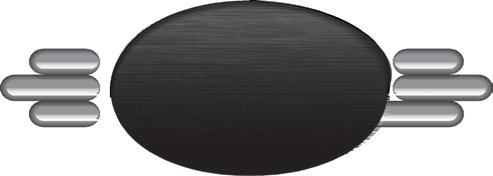
















































EPA Rules Expected to Boost EV Sales
New rules affecting automobile pollution limits will be released by the Biden administration that would effectively require at least 54% of new vehicles sold in the United States to be electric by 2030, AP News reports.
Industry and environmental officials have been informed of the coming rules, which are set to be released this Wednesday by the Environmental Protection Agency (EPA). It will limit the amount of greenhouse emissions from “2027 through 2032 model years for passenger vehicles.”
While the rules will not explicitly list “a specific number of electric vehicles to be sold every year,” according to calculations from the EPA, the strict limits on greenhouse gas emissions will amount to “roughly the same thing.”





Objections from the automotive industry are expected, as “even the low end of the EPA’s 2030 range is 4 percentage points higher than the 2021 goal.”
In a statement from the EPA, they said new standards are being created to “accelerate the transition to a zero-emissions transportation future, protecting people and the planet.”
The Alliance for Automotive Innovation has said, however, that more must be done for a suc-



cessful transition, such as funding EV charging networks and tax credits for purchasing EVs.
Tesla Recalls Over 400 Model 3 Units
A potential risk posed by the front suspension lateral link fasteners in certain Tesla Model 3s has caused the automaker to issue a recall of 422 vehicles, Car Scoops reports.
The recall cites Model 3 units “produced between January 2018 and March 2019” pose a risk of their front suspension lateral link fasteners coming loose over time and “allowing the lateral link to separate from the sub-frame,” official NHTSA documents stated.
In the event of the fasteners becoming loose, the vehicle could experience “a shift in the wheel alignment” and cause “instability” and possibly an accident. According to Tesla, drivers “could notice an ‘abnormal noise’ coming from the front suspension” if the fasteners do become loose, though no accidents have been reported yet.
This issue came to light after “customer complaints, 25 warranty claims, and 2 filed reports related to the Model 3’s front suspension lateral link.” Tesla investigated the issue and discovered “a correlation between the loose fasteners and production dates,” leading to a voluntary recall.
Letters will be mailed to affected owners on May 30. Their vehicles will be inspected at Tesla Service centers, and any defective fasteners will be “replaced and/or re-torqued to the correct specification.” Those who took it upon themselves to repair the problem could qualify for reimbursement as well.
Shop Boss Users Can Now Transfer Data to QuickBooks
Shop Boss, a software to assist auto shop management, has announced users may now transfer data from Shop Boss to QuickBooks, according to a press release.
Created by a former shop owner, the cloudbased program offers tools meant to enable “maximum efficiency and profitability.”
The new feature will automate financial data into QuickBooks as opposed to entering it manually. This is done through what is called an “Accounting Link.” It serves to save shops time and ensure accuracy with their numbers.
“We know that in any business, time is money,” Shop Boss General Manager Cavan Robinson stated. “This new product enables repair shops to save time in the accounting department and focus on other important aspects of their business.”

05.23 / R+W / 13 JUMP START / SPEED READ
and make your shop more efficient and profitable REE SHIPPING ON ORDERS OVER $95 ( 2303RW_South_BuyAutoSupply.indd 1 2/16/23 4:44 PM
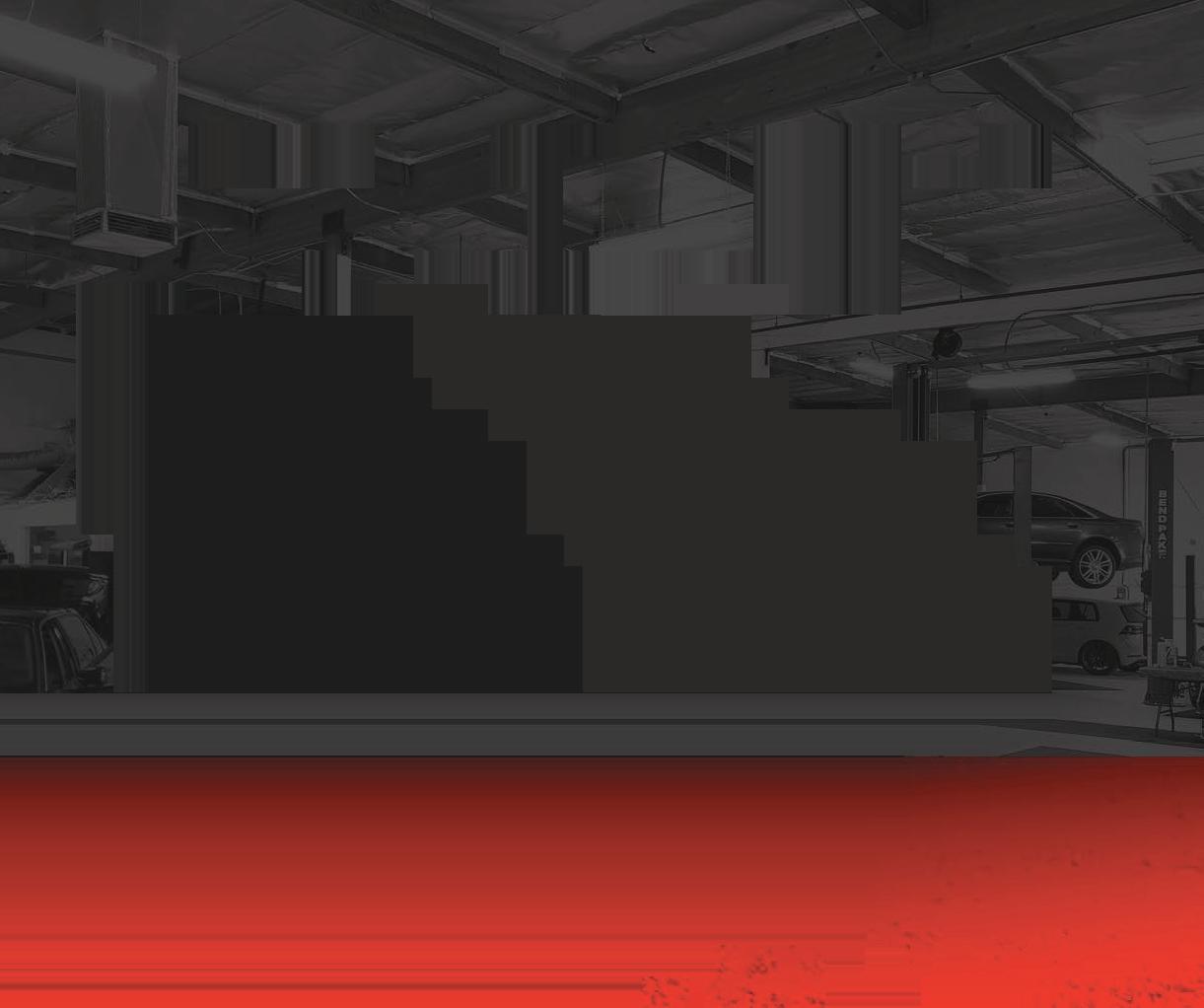











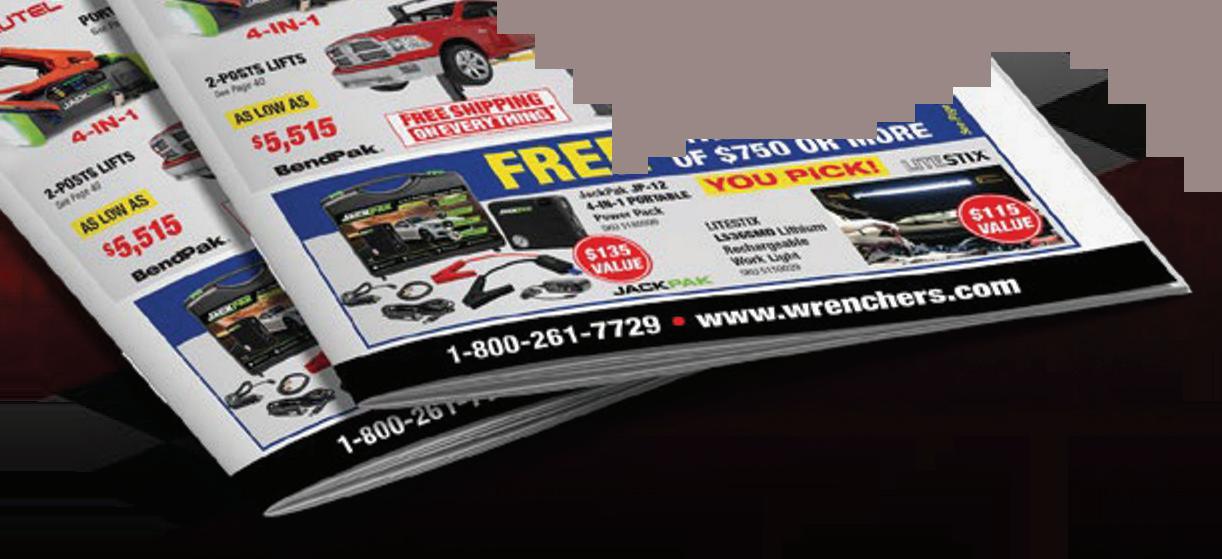




















REV UP YOUR SAVINGS! ALL-IN-1 SHOPPING ! © 2023 Wrenchers LLC. All Rights Reserved. 1-800-261-7729 Ask about our price promise guarantee. Call Now for a FREE catalog!
SHOPS ON THE WEB

A snapshot of how often shop owners update their websites
BY CHRIS JONES
Now more than ever, auto repair shop owners need to keep a strong web presence to help potential customers find their shops when looking online. As Google changes its algorithm and updates its best practices, shop owners want to ensure their websites are search-engine friendly, optimized and mobile-ready.

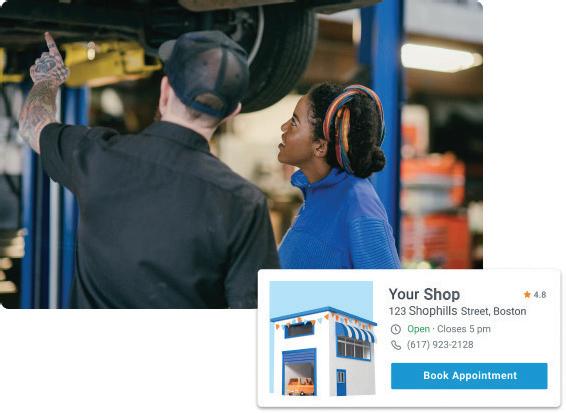

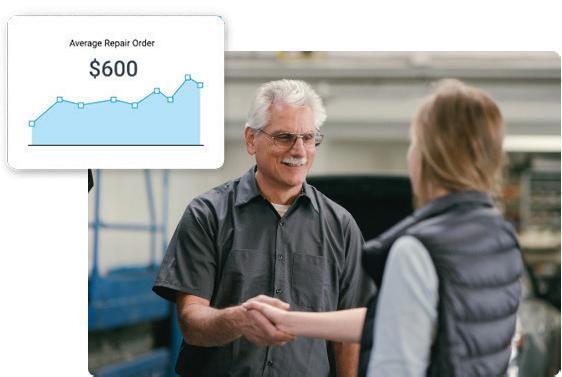

JUMP START / NUMBERS
47% 12% 14% 8% 8% 11%
According to the 2022 Ratchet+Wrench Industry Survey, here’s when shop owners said they last updated their websites.
Honoring technicians aged 35 and younger who are moving the service repair industry forward, who excel in their current roles and are passionate about their work.


DEADLINE TO ENTER: JUNE 2, 2023





Prizes
Trip to 2023 AAPEX/SEMA Show in Las Vegas

Trip for two to the STX Supplier and Training Expo in Nashville in April 2024

Tools & Equipment from contest sponsors




Award plaque and uniform patch
Qualifications
Techs aged 35 or younger
(Must be born after January 1, 1988)

At least 2 years experience in the industry
Shown career development, innovation in their role, technical or educational achievement, community service and importance to the shop
Techs can be nominated or nominate themselves


VISIT vehicleservicepros.com/2023bestyoungtech FOR MORE INFO OR TO SUBMIT YOUR NOMINATION TODAY!




BROUGHT TO YOU BY:

16 / R+W / 05.23
INTRODUCING THE 20 23
Austin Matney, 2022 Best Young Tech Award winner
ADAPTING TO ADAS
Leadership conference panel discusses modern vehicles
BY KACEY FREDERICK
Technology in the automotive industry has been advancing rapidly—especially as EVs become more common in the market. A considerable part of that technological advance has been advanced driver assistance systems (ADAS).
Classes Addressing Real Problems
Opus IVS offers several webinars and online resources discussing ADAS, as well as other emerging technology, led by industry professionals.
Recently, the company has started a series of master classes: free training programs released monthly. Kevin FitzPatrick, senior vice president of North America Operations at Opus IVS, says the company is in a unique position with around 100 master technicians answering nearly 800 calls daily from shops asking for advice.
“So we’ll look at the issues that we’re getting through the call center seeing what is affecting our customers,” FitzPatrick explains.
With the help of those technicians, course material has been created based on reports from shops related to vehicle technology. Most recently, a class on the Audi e-tron due to the number of calls to Opus.
The company has several classes online and the list is rapidly expanding. Webinars are announced through social media as they are released and the company is launching a training page on its website.
The Need for ADAS Training
FitzPatrick has co-owned a successful repair shop on Long Island with his brother since 1996. In the past seven years,
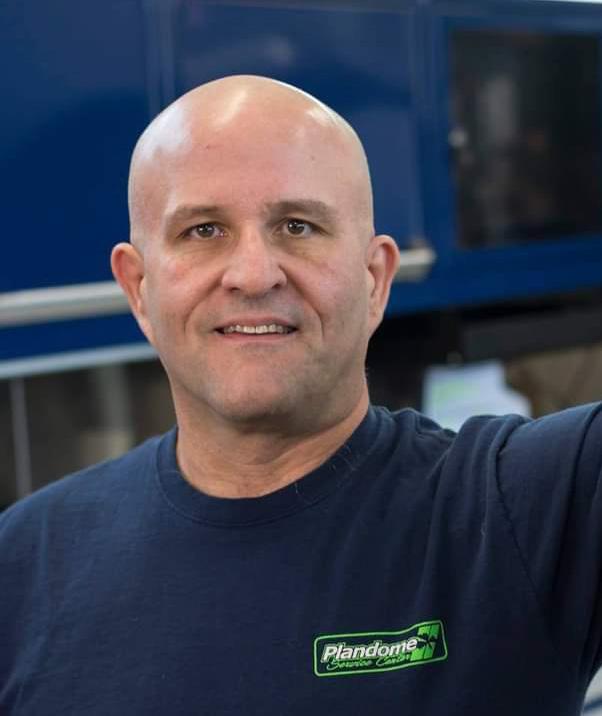
he has seen a “tremendous amount” of growth in the ADAS field.
He started seeing more vehicles equipped with ADAS come into his shop around 2015, but with things such as backup cameras on nearly every car, “now it’s on everything,” he says.
ADAS is a huge component of EVs, as well; many of the customers at FitzPatrick’s shop have switched to EVs, and there is business to be had from working on those vehicles.
“When you compare a Tesla with a similar sized car, such as a Honda Accord, the Tesla weighs about 1,300 pounds more, which means it kinda eats up tires and the suspension components get worn a little bit quicker,” he says, “so there’s a good bit of profit to be made on these vehicles, as well as preparing yourself for the future.”
ADAS has evolved over the past few years through EVs and has more in store. Throughout the next couple of years, “the vehicles are going to learn,” FitzPatrick says. New cameras and sensors will be added and vehicles will be able to recognize road markings and signs.
“But of course,” he adds, “those systems being technical, they’ll break plenty.”
When they do fail, technicians need to know what course of action to take. FitzPatrick says one of the biggest hurdles technicians face is how ADAS can vary between vehicles and that Opus’ classes on ADAS help to prepare technicians for that.
“If you look at a late model Chevy product, for instance, you might have three trim levels of the same vehicle, all with different ADAS on them,” he explains.
Shops Preparing Their Technicians
FitzPatrick says a shop expecting technicians to train on their own time is unreasonable. He suggests giving time off to technicians to attend classes or offering incentives such as a bonus.
Whether businesses want to be involved with ADAS or not, it’s unavoidable at this point and can jeopardize drivers’ safety if improperly managed.
From suspension repairs to alignments, when the vehicle is returned to the customer, it will operate differently than it did before, and technicians that know how to calibrate these systems properly are crucial to a car working correctly.
“You wanna make sure the techs obviously have all the information; No. 1, from a profitability standpoint, but No. 2, to make sure they’re returning them to their customers in an absolutely safe condition,” FitzPatrick says.
ADAS is becoming more prevalent in the automotive industry. As vehicle technology continues to evolve, supporting technicians in preparing results in quality work and a reliable brand that can keep up with the change.
05.23 / R+W / 17
JUMP START / ADAPT
DEC. 4-6, 2023 | ROSEMONT, ILLINOIS GO TO ADAPTSUMMIT.COM FOR UPDATES
Kevin FitzPatrick, senior vice president of North America Operations at Opus IVS
PROTECH AUTOMOTIVE SERVICES
Johnston, Rhode Island
BY CHRIS JONES PHOTOGRAPHY BY RACHEL WARSHAWSKY
Protech Automotive Services in Johnston, Rhode Island, brings all the charm and hospitality of an upscale hotel under the hard, symmetrical edges of a handsome, industrial-looking building.
Custom-designed and owned by Anthony Bodine, a New England Institute of Technology graduate, Protech Automotive Services has existed since 2010.




A Different Type of Oil Smell
Protech Auto Services is built on attracting one specific customer—the finicky. The shop is pristine from its waiting room to its bays. To top it all off, the shop even has a signature scent specially made by Bodine that wafts through the air in a Cinnabon-type fashion. He says customers love it and often ask for samples.
“It’s a fragrance-grade oil and it pumps through the ductwork. It’s not real strong. It’s not real obtrusive,” Bodine says, reiterating that every detail matters. “I want perfection. And that’s the type of customer that I want.”
Front of House Excellence
While Protech Auto Service doesn’t get a lot of waiters, its amenities and furnishing make it easy for those who do wish to stick around. The service advisor area has polished recycled glass countertops and the lobby has leather club chairs, a refreshment area and study desks where customers can pop open a laptop or scroll a tablet.
“First impressions mean a lot. When somebody walks in, we want to make a good first impression. We’re adamant about our quality,” Bodine says.
Exceptional Techs with Top-Flight Tools
Bodine has seven technicians—five A-level technicians (four of them are master techs) and two general service guys. The shop has built-in toolboxes for a uniform look which leaves ample space in between the bays. The shop uses Hunter alignment, changer and balancer equipment. Bodine says he’s fixated on keeping tools and technology current.
“We try to stay up-to-date on stuff and get these guys the tools they need to do the jobs and to do them to do them. You can’t have the best techs in the world if you don’t have the right equipment, the right facility and you got if you’ve got poor working conditions,” Bodine says.
“It’s absolutely going to affect your productivity, it’s going to affect their efficiency, it’s going to affect their morale out in the shop, which is going to negatively affect the entire the entire team, the entire company and it’s going to affect the customers.”
PROTECH AUTOMOTIVE SERVICES
Owner: Anthony Bodine
Location: Johnston, Rhode Island Staff Size: 12
Shop Size: 18,000 square feet

Number of Lifts/Bays: 18
Average Monthly Car Count: 300
Annual Revenue: $3 million
18 / R+W / 05.23
JUMP START / SHOP VIEW

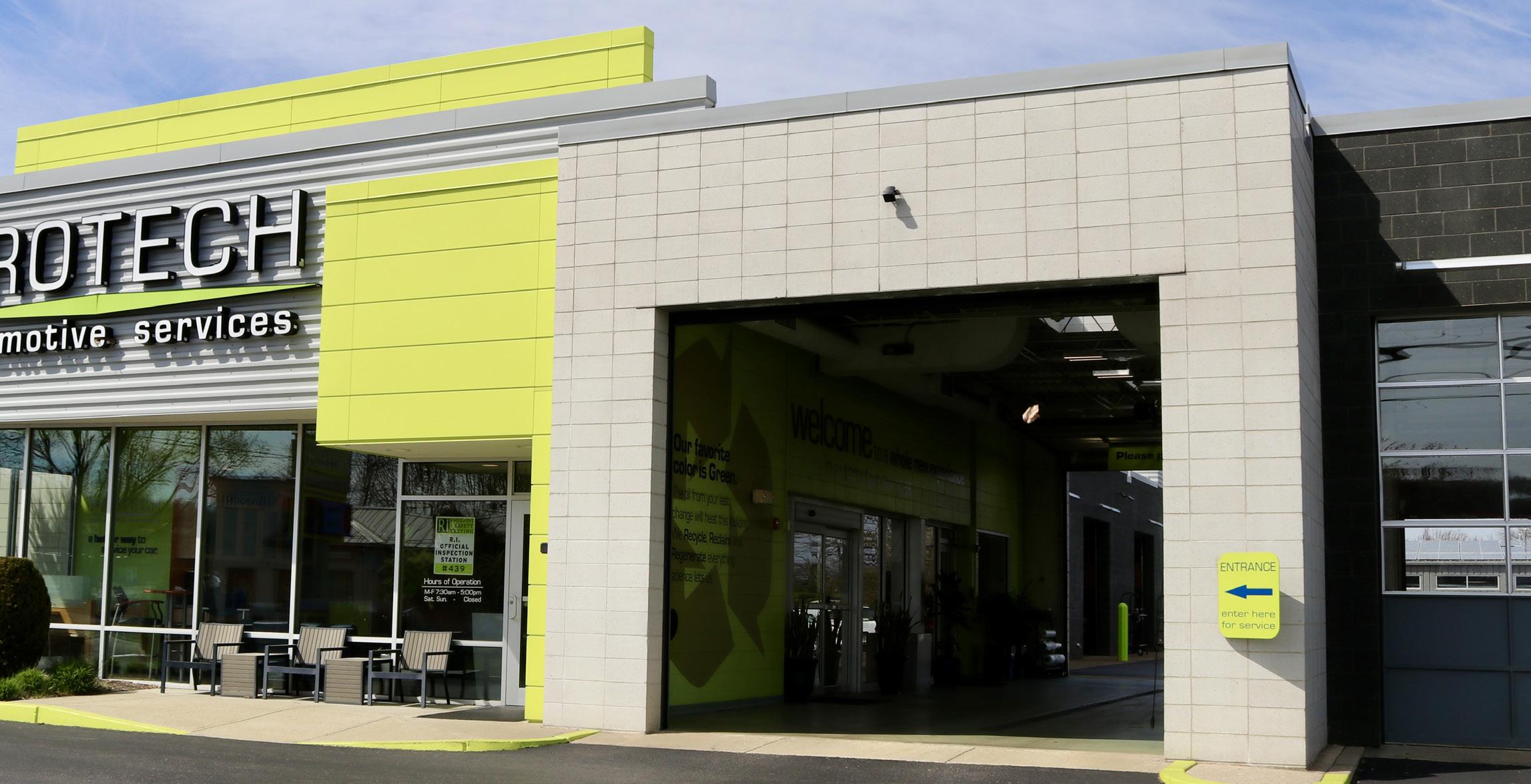
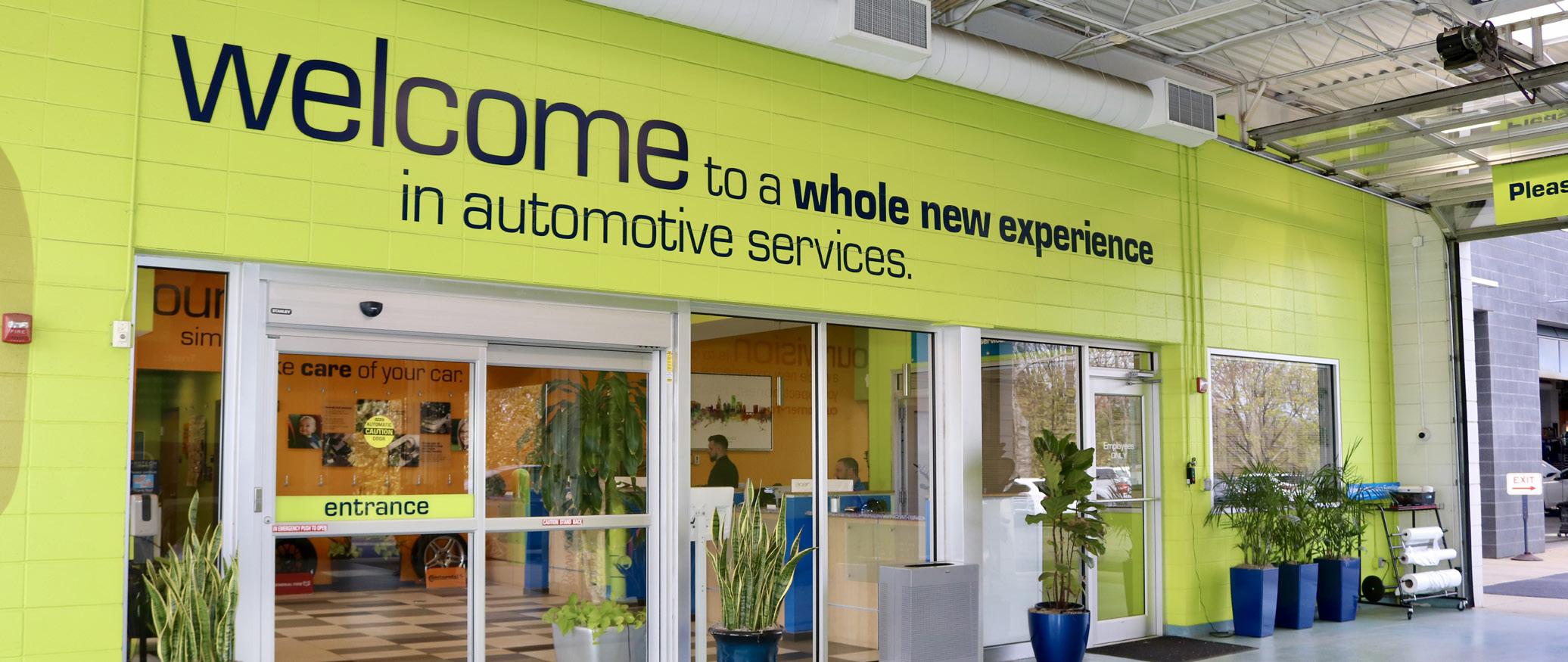

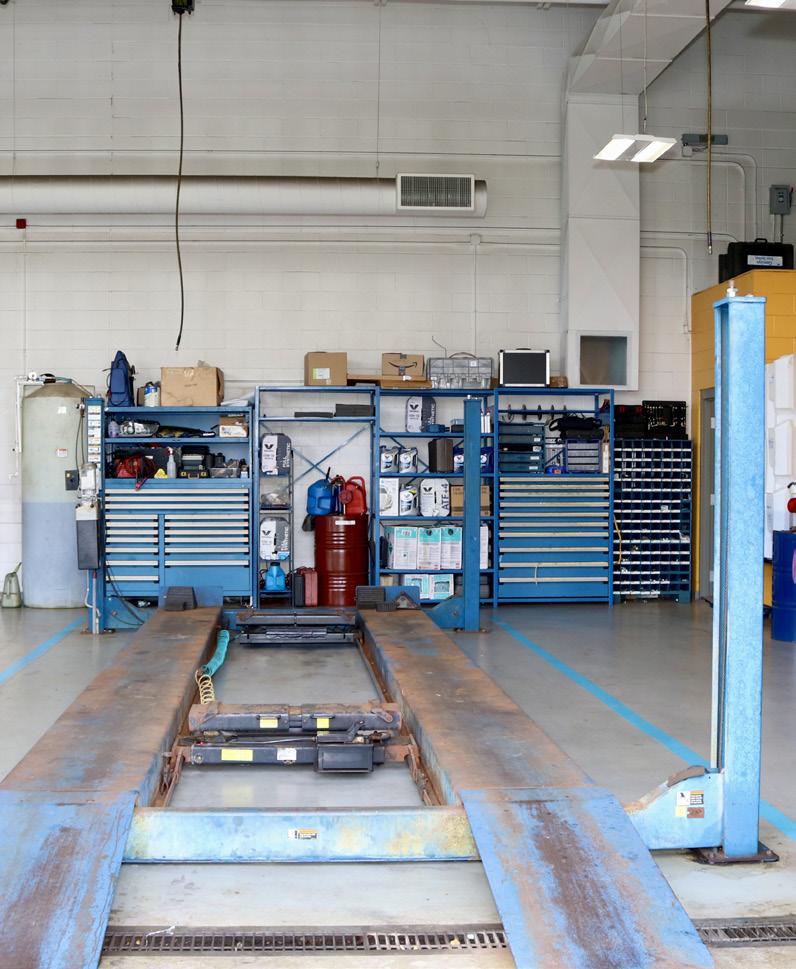
05.23 / R+W / 19


20 / R+W / 05.23 Rounded squar ratchetandwrench.com/facebook ratchetandwrench.com/linkedin ratchetandwrench.com/twitter at your fingertips.
Columns STRAIGHT TALK
Joe Marconi

THE GROWING PAINS OF GROWING YOUR BUSINESS
How to prepare for the challenges of each stage of business development
There are many reasons why someone starts a business. Many use their technical skills as the foundation for their business model. For some, starting their own business was an entrepreneur’s dream. And for others, it was a matter of circumstance, not necessarily by choice. But, no matter how you started your company, one thing is consistent among all repair shop owners: unless you plan on staying small, the growing pains of growing your business can be overwhelming.
All companies go through evolving stages: startup, growth, expansion and eventual succession. In the startup stage, you, the shop owner, are in the trenches every day. You control most of the dayto-day operations and every decision and event involves you.
The startup stage can be exhausting. It’s the phase often called survival mode, and for a good reason. In this phase, problems and issues arise daily, even hourly. For new shop owners, each day is a day to learn, improve and make course corrections. However, stress, anxiety and burnout will occur if you are in this phase too long.
Eventually, most business owners realize that to grow, they must do things differently. They understand that the financial side of the business is critical. Employee involvement becomes another essential component. For many, reaching out and networking within the industry becomes vital in expanding their business knowledge.
As a shop owner, you easily relate to the early stages of business. However, moving out of the startup phase has its own set of issues. As your business evolves, you will find that you may not be in total control anymore, which is not necessarily a bad thing. Relying on systems, procedures and your employees becomes a sound strategy for sustained success. With due diligence and correct planning, things begin to come together as you continue to move forward
into the following phases: growth and expansion. Whether you decide to continue to grow your one location or add more stores to your enterprise, it won’t be your lack of knowledge that becomes the biggest obstacle in your business journey. Instead, the people you surround yourself with will become the prime reason for either failure or success.
To continue growing your company, you must develop your leadership skills and build a superstar team. And while it may not be easy at first, letting go and allowing the people you put into place to do their job is another critical strategy. However, don’t fear. Letting go brings out the best in others. Trusting others makes them flourish in their positions, which helps to elevate them and your company to new levels. I am not suggesting absentee ownership, but the better your business runs without you, the more successful your company will become.
Another thing to consider is your eventual exit from the business. Building a superstar team must be part of your exit strategy. Your business is worth more when you, the owner, are not directly needed in the day-to-day.
One thing to be aware of as you grow your company: If you believe you cannot find the right people, that no one can do their job as well as you can, get over yourself. If this is your mindset, the one who will hold you back will be yourself.
The bottom line is this: if your plans include continuous growth and expansion, your biggest growing pains will be the people you employ if they are not the right fit for your company. Combining poor leadership with employing the wrong people will prevent you from achieving your long-term business goals. The better job you do at hiring and managing the right people, the more successful you will become.
j.marconi@eliteworldwide.com
ratchetandwrench.com/marconi
05.23 / R+W / 21
MICHAEL HOEWELER
Joe Marconi has more than four decades of experience in the automotive repair industry. He is the former owner of Osceola Garage in Baldwin Place, N.Y., a business development coach for Elite Worldwide, and co-founder of autoshopowner.com.
MILLION-DOLLAR
Top- performing service advisors share their secrets to sales success
BY CHRIS JONES | PHOTOGRAPHY BY HALEY SMITH, DON SHEPARD AND RACHEL KO
Greek philosopher Plato once said, “’Excellence’ is not a gift, but a skill that takes practice. We do not act ‘rightly’ because we are ‘excellent’, in fact, we achieve ‘excellence’ by acting ‘rightly.’” For top-performing service advisors, this statement holds true. Excellence on the job means acting rightly in mind, in communication and in work ethic. Service advisors are tasked with the tall order of not just representing the shop and advocating for its benefit, but conversely, they must advocate and educate their customers just the same.
Four skills embodied by high performers, defined in this story as those with over $1 million in sales, including people skills, educational and advocacy prowess, solidarity with technicians and an unsinkable attitude.
Ratchet+Wrench spoke to three top performers from across the country about these areas and why they’re important skills for service advisors to possess.
Interpersonal Skills
When someone swings open the door and enters your auto repair shop, there’s no telling what’s brought them into the shop and how the situation has affected them. And because of that, service advisors need to be masterful at engaging the customer and meeting them where they are. This is where interpersonal skills come into play for the advisor.
“People skills are huge. It’s crucial to be empathetic, to be understanding and to honestly put yourself in their shoes,” says Chelsea McDonald, manager of Certified Transmission in Bellevue, Nebraska.

For McDonald, whose background includes working in health care, being a great service advisor is akin to an attending physician’s bedside manner. She ensures that same level of compassion, empathy and concern has translated into her automotive career as a service advisor.
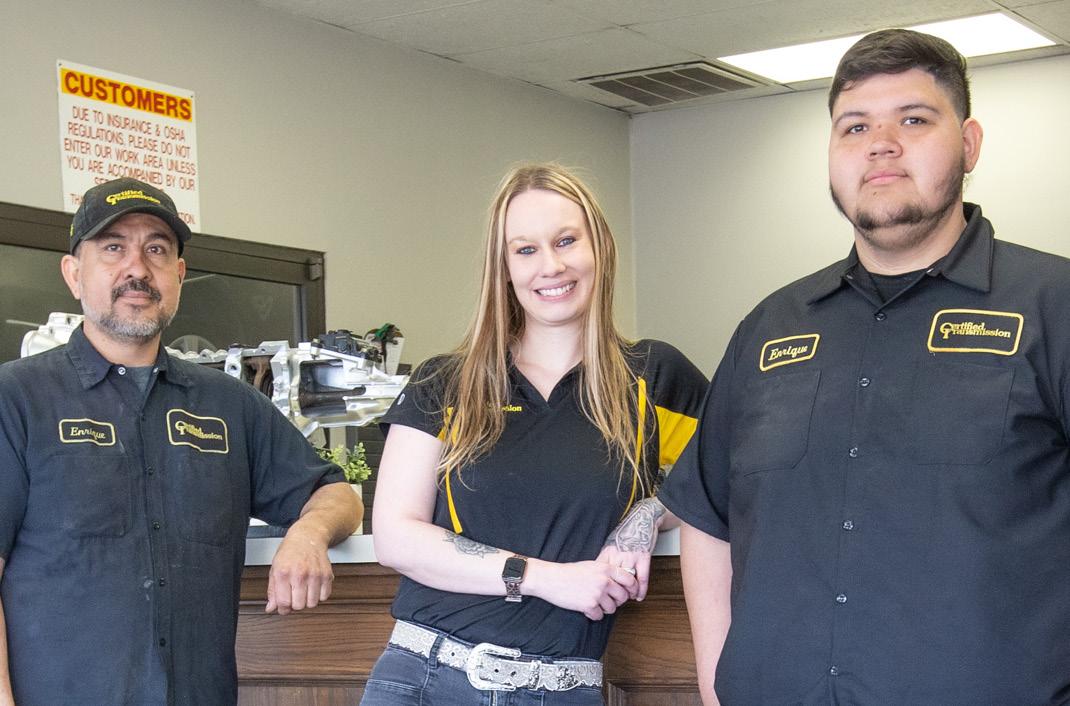
22 / R+W / 05.23
FEATURE / TOP SERVICE ADVISORS TALK
More than an Advisor Chelsea McDonald says she sometimes speaks to customers the way she would a friend to give them perspective.
MILLION-DOLLAR ADVICE
“All I did all day was care for people and counsel them,” says McDonald of her time in health care. “So now I get to help people in a different aspect. I get to help them feel secure in the automotive world when they have to bring their car here for a transmission or even a minor repair. I get to now help people in this way and it feels great to be making a difference.”
Ask Keenan Walters of Collins Auto Care in Houston, Texas, and he says top-flight service advisors begin with listening. Walters says attentive advisors can glean a lot about customers’ disposition, feelings about their repair situation and what matters most to them through observation.


“For me, that’s one of my superpowers,” Walters says. “I’m more of a listener than I am a talker; I think it’s important. You’re not just listening for specific words, you’re listening to tone, you’re listening to how they’re saying things and then you’re listening for what’s important to them.
Above all else, he says service advisors can capture the hierarchy of a customer’s needs by allowing them to speak freely uninterrupted.
“If they’re coming in with issues with their vehicle, you better be listening for those issues that they mentioned first, because that’s what’s most important to them at that moment,” Walters says.
Customer Advocacy
Let’s face it, customers come into auto repair shops with many preconceived notions and it’s the work of the advisor to remove those barriers gently and provide as many—or as few—details as necessary to help the customer gain an understanding of the work to be done. Each customer is different and knowing their information threshold is key.
Walters says the advent of digital vehicle inspections has made educating customers on their repairs—and the process of fixing them—much easier. He warns that while it may be tempting to walk them through the entire list stepby-step, not every customer wants that much detail and it’s the advisor’s responsibility to ensure the customer gets the information they came in for initially before divulging other concerns found within the inspection.
“When you’re explaining things to cus -
05.23 / R+W / 23
Patient Listener Keenan Walters focuses on every word his customer says to get an indication of what matters most to them.
tomers, try not to get too in-depth with every function of every single part. If you’re able to physically show them, ‘Hey, we pulled the spark plugs and the spark plugs are not looking great,’ have that on your digital vehicle inspection. (Show them) this is what’s failed, this is the component that we need to replace; it becomes much easier,” says Walters. “You don’t want a 30-minute conversation for something that can be very short.”
Discussing costly repair orders can be intimidating for newly-minted service advisors. After all, the customer came into the shop for one repair and the report from the technician’s inspection could yield additional safety concerns within a vehicle. And for savvy advisors, the latter is where their advocacy helps.
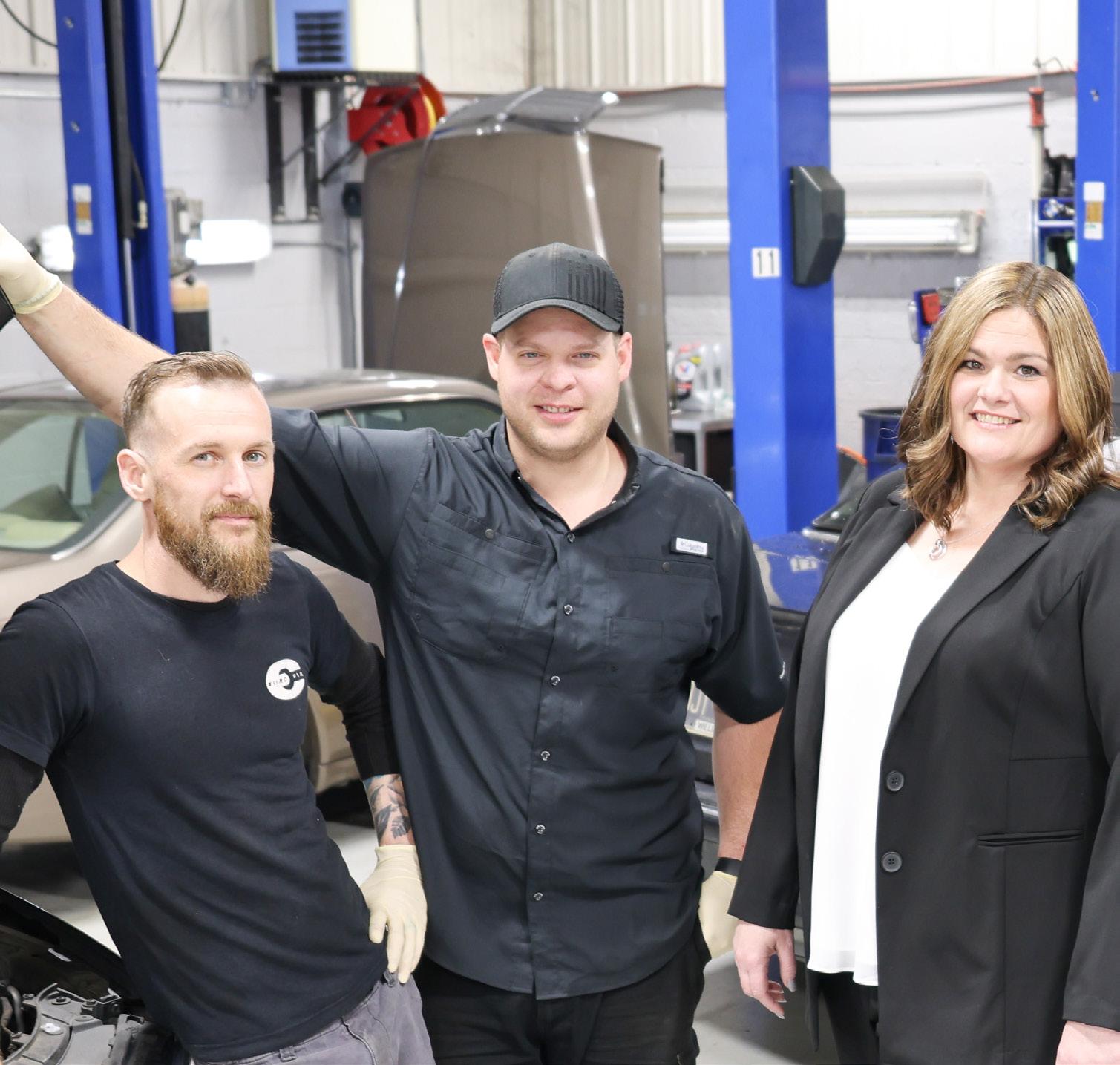
“You need to assume that they’re bringing it to you because they need answers,” says Anje Johnson, the top performing service advisor at EuroFix in Franklin, Tennessee. “So, unless I get that verbal cue of ‘Oh my gosh, what else are you going to tell me?’ you have to pitch (additional repairs) unless, in my opinion, it’s a safety concern.”
Walters says advisors should help the customer through their initial concern, transition into the digital video inspection results, and to give customers an idea of a potential maintenance schedule to make the information palatable.
“When a customer brings their vehicle in, and they’ve given you, ‘Hey, these are the issues I want checked out’, that’s our No. 1 priority. The next step is going to be safety items: ‘These are safety concerns that we should probably address along with your concerns as well.’ I’ll give them the maintenance as well what’s going to be due for that timeframe (and their) mileage,” says Walters.
Phone Etiquette
Since customer inquiries come via phone and digital vehicle inspections are delivered over text message and email, advisors will also have to be razor-sharp in their call etiquette. Again, it requires putting yourself in the customer’s place, particularly if the inspection reveals damages unforeseen by the customer.
“Be calm. Tell them what’s going on, have the facts as to why it’s doing what
it’s doing and then just stop for a second to let them process that. Let them respond and just have your responses ready if they do get upset, or if they do think that it’s not worth it to fix it at that point. Just know in your head before you make that call what you’re going to say next,” says McDonald.
Johnson says that being a sharpshooter on the phone involves training your ear to listen for the verbal cues that your eyes would pick up on if the customer were standing across the counter.
“People will give you a lot of details in the phone call about where they’re at; you can get a lot of details that way. Are they stressed? Are they upset? The better you are with people, the more you can understand them; pick up on those things,” says Johnson.
She says the entire customer experience can circle the drain when an advisor misses the mark and doesn’t pick on how the customer needs to be cared for based on their sounds and responses. She says services advisors who do should then move into the conversation slowly, but confidently.
“I basically give them a very small rundown of what’s happening so that I’m not talking too much. At that point, I’ll stop. I will tell the customer how much it’s going to be. Then I always ask, ‘Do you have any questions?’ Typically, a
lot of people will have more questions; that’s great because then we can engage in that conversation. You’d be surprised how many people just want to get off the phone and say I either want to do it or I don’t,” says Johnson.
One of the skills an advisor has to possess is the ability to help the customer make the best decision financially when faced with a higher-than-expected repair order. Customers faced with these situations can make decisions that don’t benefit them in the long run. The advisor becomes the voice of reason at this point.
McDonald sees this at her transmission shop. A customer will have a $5,000 repair order and their initial reaction is to scrap the vehicle and buy another—throwing $60,000 at a $5,000 problem, as she says—and something McDonald helps them to get clarity on.
“I kind of help them get into that perspective of the value of their car. (I say) ‘Sally, this is me talking to you as a friend here. I’m going to ask you a question that I just want you to think about, so you make the best decision for you. Let’s see what our options are really quick before we go getting a new car,” says McDonald, who then offers the customer a rental or financing options to ease the burden.
24 / R+W / 05.23
FEATURE / TOP SERVICE ADVISORS TALK
One Team Advisors, like Anje Johnson, act as liaisons for the front and back of the house ensuring that the customer and tech are on the same page.
Communication with Techs
If communication with their customers
is vital, collaboration and cohesiveness with their technicians is the pinnacle for all high-performing service advisors. Poor and disjointed communication between the advisor and tech can cause the bottom to fall out and rattle a technician’s confidence in the advisor.

“If you don’t have a good working relationship with your technicians, you’re hurting yourself and you’re hurting them because having that discord or that lack of communication is a really big problem. When you’re in harmony with your technicians, you’ll make both yourself and them a lot more money. So, if you’re having problems you need to fix it now,” says Johnson.
McDonald believes advisors should take a hands-on approach by checking in on their technicians, understanding the nature of their work and ensuring that they’re always on the same page as their technician.
“We all run as a team. It’s one big heartbeat if you will,” says McDonald. “They need to feel like they trust you and they need to feel like we’re a team and we care about each other.”
Part of building trust and clear communication starts with correctlycommunicating the problem from customer to technician.
“If the technician doesn’t believe that the information you’re receiving from the
(customer), or maybe you took a 15-minute conversation down to two sentences, you’re probably missing some details. Trust has to be there, and you’ll see it in your close ratio, that’s for sure,” says Walters.
Winning Edge
The role of a service advisor isn’t for someone who can’t handle rejection, listen intently or who can’t compassionately deal with customers when that kindness isn’t returned. It’s why these high performers spend time working on their mindset before they set foot into the office.
“I grew up with a dad that believed in positive mental attitude (PMA). That was something that I always grew up. If you believe you suck, you’re going to stink. If you believe you’re going to succeed, you’re going to succeed,” says Johnson.
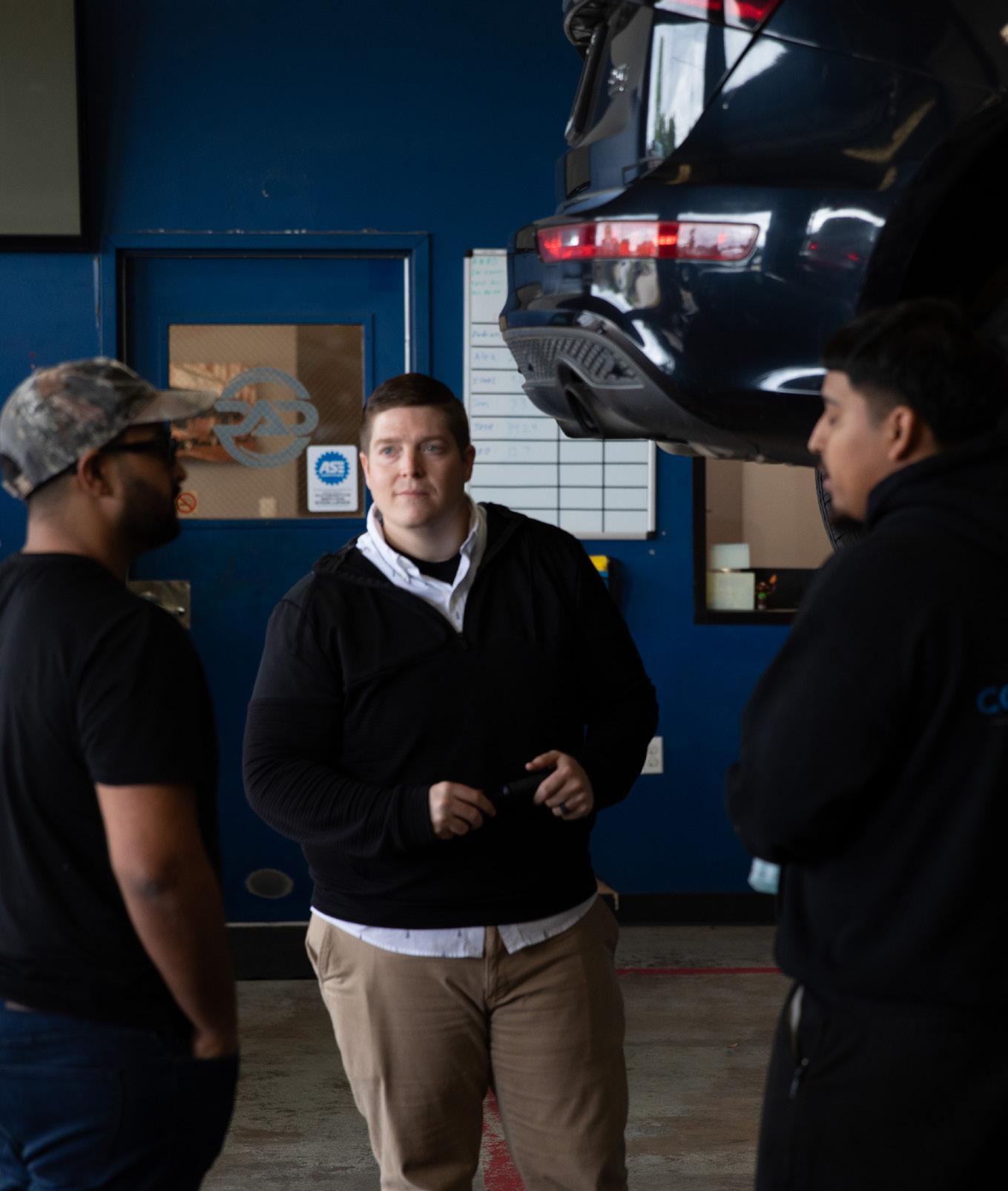
05.23 / R+W / 25
the Ropes Great service advisors take time to learn and understand how their techs work.
Learning
FRONT COUNTER TO CORNER OFFICE
How Justin Wentworth went from service advisor to shop owner
BY ALISON JOHNSON | PHOTOGRAPHY BY BETTINA HANNA
As the owner of Wentworth Automotive, Justin Wentworth is a leader who fully trusts and relies on his technicians.

Then again, he has to: Wentworth is not a mechanic.
Instead, his background is as a service advisor, a path that he believes builds a different kind of strength for a shop CEO.
“Sometimes it’s frustrating that I can’t go fix a car myself, or help my technicians figure out what to do on a tough case,” he says. “However, what I am good at is the people side of it, and people are the ones who work here and who bring in their cars.”
Wentworth, 49, joined his father’s San Diego, California, shop in 1999, a year after its founding. He began taking over the company’s reins in 2005 and became its sole leader when his dad, mechanic Dave Wentworth, died in 2012.
Wentworth oversees five employees— a general manager, a service advisor and three technicians—at the general service shop, which offers gasoline, diesel and hybrid maintenance and repair for domestic and import vehicles.
With a service advisor’s mindset, he looks at his team members as internal customers. “I want to find what they need and help them achieve it,” he says. “Building relationships is the cornerstone of growing a business. And if you’re having an ‘off’ day but people like you, it’s much easier to work past that.”
Wentworth has held multiple customer positions since age 16, starting at a pizza restaurant where he became manager at 18 after graduating from high school. He had a job delivering legal documents to attorneys’ offices before coming to Wentworth Automotive.
Dave Wentworth worked on cars and engines since childhood and became a professional mechanic in the 1960s. An only child, Justin knew that the longterm plan was for him to take over the
26 / R+W / 05.23
PROFILE / MAKING THE LEAP
Advisor to Owner Justin Wentworth learned the auto repair business as a service advisor in his father’s shop before taking it over.
family shop, which appealed to him as a chance to be his own boss.
Luckily, Wentworth also immediately enjoyed the fast-paced life of a service advisor, as well as meeting and connecting with customers from all walks of life. Over time, he also picked up bookkeeping skills and insights into the shop’s finances and margins.
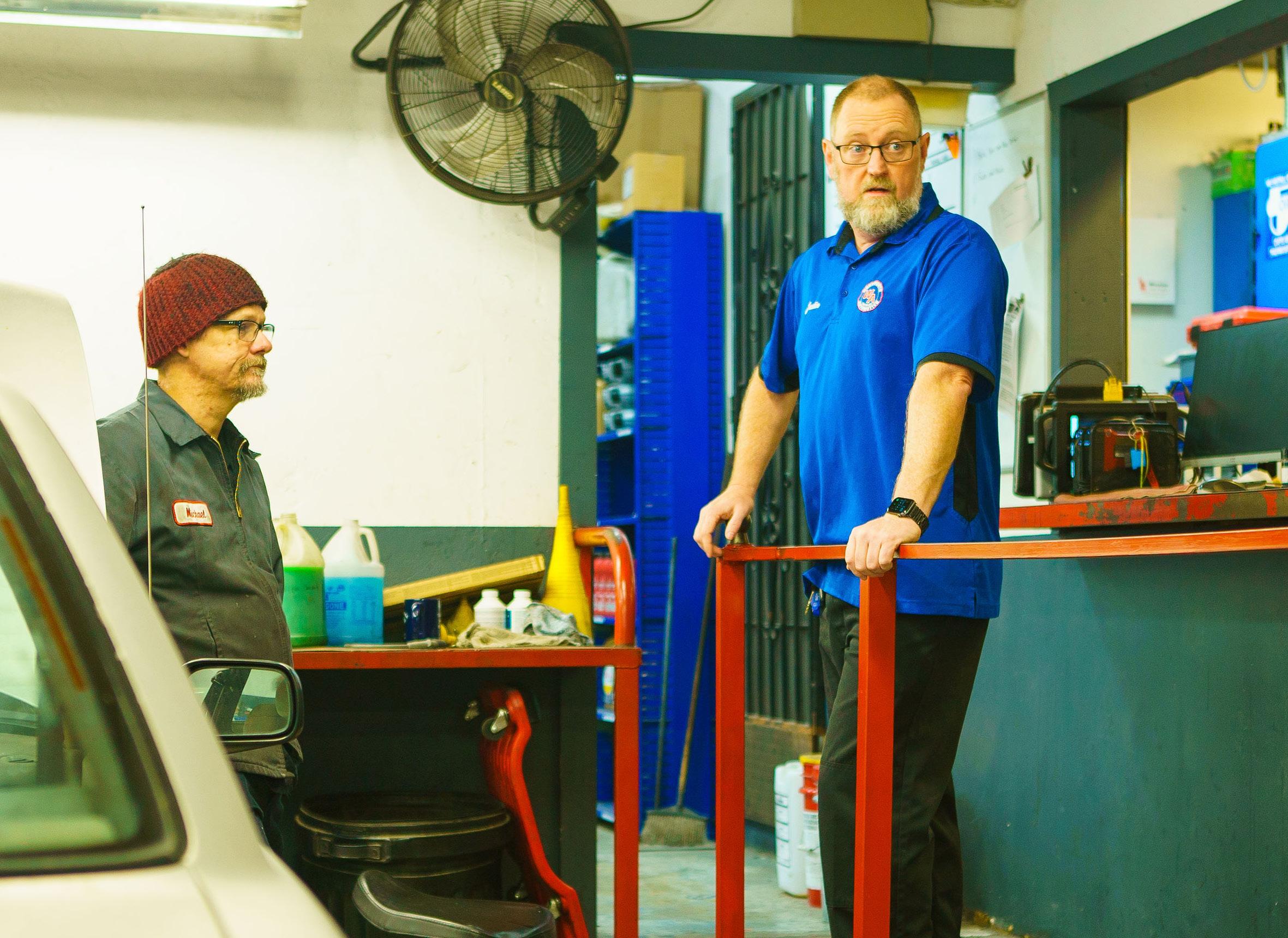

Once Wentworth moved into a leadership role 18 years ago, the transition was gradual; employees called his dad “Big Boss”, and he was “Little Boss.”
Wentworth says one of his smartest moves was to sign up for business coaching with Automotive Training Institute (ATI) 13 years ago. “I was good with people and my dad was good with cars, but neither one of us was necessarily good at the business part of it,” he relates. “The coach really helped me with that side of it.”
Wentworth also has joined Business Network International (BNI) to consult with other owners and twice read “The E-Myth” by consultant Michael Gerber, who offers advice on running a business effectively.
05.23 / R+W / 27
Leading from the Front Coming from the advisor role, Wentworth got an education on the value of building a business around customer satisfaction.
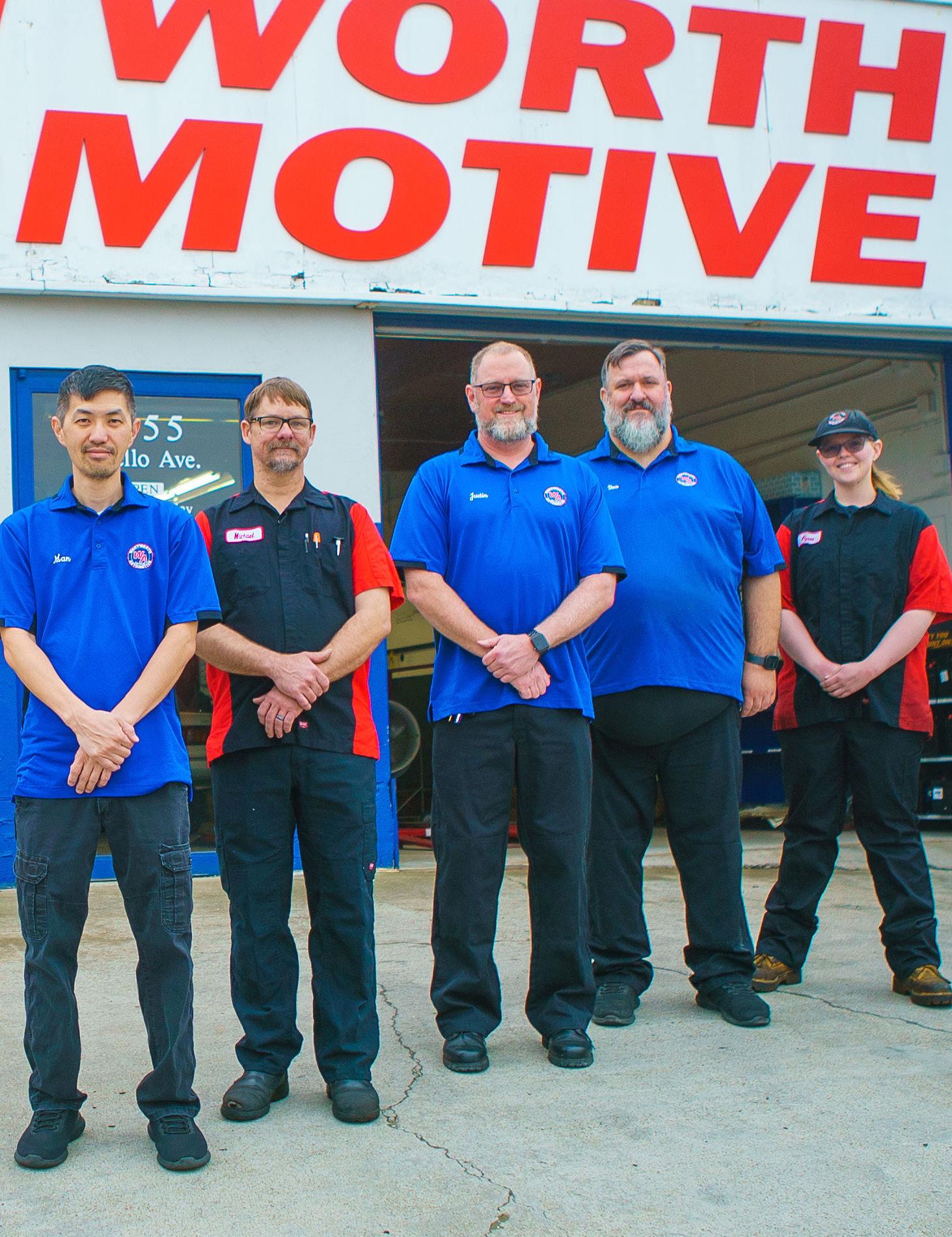
28 / R+W / 05.23 PROFILE / MAKING THE LEAP
The Boss Once dubbed “Little Boss,” Wentworth is now leading shop operations and he continues to add value to his team.
“I would advise any service advisor–or anyone, for that matter–to do all of the above,” he says. “Get the processes in place so you can work on your business, not in it. I had to understand that my business is my product. My job now is to work on it so that the people working for me can fix cars and deliver great customer service.”
Wentworth also discovered that he needed to step back from daily shop operations. While he misses the regular customer interactions, having a service advisor at the front counter and a manager to handle tasks such as scheduling gives him time to be a better CEO.
That has meant focusing on short- and long-term budgeting, marketing, five-year growth plans and employee development, including continuing education opportunities and monthly meetings with staff members to prioritize their future goals.
“Honestly, it took a little time for me to figure out what to do all day,” he admits. “I felt a little lost, but what I came to realize was I had to trust my employees. I needed to create a culture where they could do their best work.”
The service advisor background helped shape that service-based mentality, Wentworth adds. While his dad could simply worry about giving his employees a paycheck, he has found the younger generation of workers is looking for more.
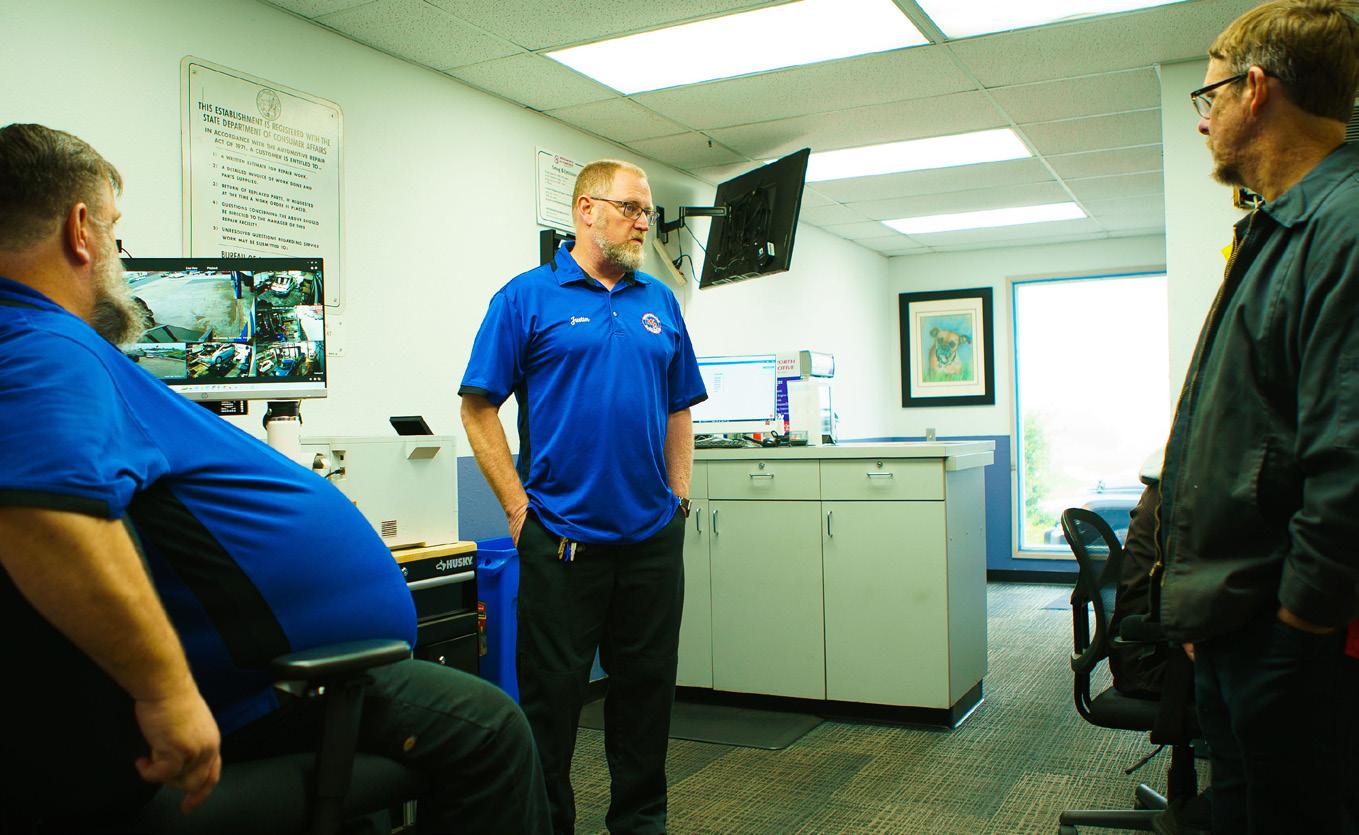

“We’re facing a shortage of qualified techs, so we need to take care of the ones we have and help them see this can be a rewarding profession,” he notes. “If I can learn what interests them, I can show how we can align their goals and dreams with the shop’s goals, and we both win.”
Wentworth has developed nine core company values for guidance, leading off with “Do the Right Thing”—whether anyone is looking or not— and ending with “Set and Ask for Clear Expectations.” Additionally, he plans fun team events at least once per quarter, such as a Christmas dinner and an outing to a hockey game.
Work-life balance is also important to Wentworth, who is married, has a rescue beagle and enjoys RV camping, Jeep off-roading, hiking and travel. He is proud of the roots he has grown in San Diego and his own neighborhood, where he has lived for 35 years.
For other service advisors interested in one day owning a shop, Wentworth is encouraging.
“I think we can bring a lot to the table, even if sometimes I am a little envious of shop owners who are technicians,” he says. “Knowing how to provide great service is a skill that every boss needs to have.”
05.23 / R+W / 29
Leading from the Front Coming from the advisor role, Wentworth got an education on the value of building a business around customer satisfaction.
HOW TO PUT YOUR WEBSITE TO WORK Turn your shop’s website into a powerful sales generation tool







 BY KIMANZI CONSTABLE
BY KIMANZI CONSTABLE
Historically, shops relied heavily on the Yellow Pages and word-of-mouth marketing to get new clients to show them why they want to do business with your shop.
Today, we live in the digital information age, where 5.1 billion people log onto the internet and social media daily, according to Statista. Before consumers decide to do business with a shop, they investigate its social media pages and website.
“When I started in this industry in 2015, many shops didn’t have websites. The shops with a website were always the busiest,” says Tony Mercury, vice president of revenue at Autoshop Solutions.
“There’s a changing of the guard with shops, techs and customers. The younger generations need to see a better website to want to do business with a shop; the website makes them convert from potential customers to buyers. Websites can outrank others and get sales on demand for shops,” says Mercury.
Your website has to be more than just a digital billboard. It can’t be a placeholder item, and building your website on social media or other platforms you don’t own is dangerous.
Your shop’s website can be your digital salesperson if set up correctly. You can

create a website that makes your customer service better and becomes a sales generation tool. Here’s how.
Use Visuals and Be as Informative as Possible











You want to make sure your shop’s website has all the appropriate pages set up. Some options include:






















































































































• A Home page that gives basic information about your shop










































































































• A Content page in which you publish informative content about vehicle repair and other information that builds trust with potential customers

30 / R+W / 05.23
TOOLBOX MAKE MONEY. WORK SMARTER.
GETTY
• An About page that tells the founding story and personalconnection-related information for your customers to read
• A Services page where customers can see what you offer and schedule appointments
• A Results page where clients can see pictures of your work
• A Product page where customers can see and order parts, merchandise, and anything else you sell
Keep in mind that humans are visual by nature. It helps to see the process and what to expect through photos and video. You want your website to be as informative and visual as possible. The excellent news is website builders today are equipped with software that you can get highly technical with.
You want to put much effort, time and resources into your shop’s website because it’s an asset you own and control.
“We tell shops that the biggest reason you want to have your website is that it’s your hub of information and the one piece of marketing you own. Google and social media own their platforms—if you’re using them as your website, you lose that connection if they go down and change,” says Kim Walker, co-owner of Shop Marketing Pros.
“Some common issues we see with shop’s websites is they have cookie cutter content. We feel shops must have good customer-focused content. You want your website messaging to match your shop and relate to your customers. Photos are important, and make sure they are not stock photos. So many shops use stock photography, which isn’t very clear to customers. Use photos that are unique to your shop,” says Walker.
Use Content to Convert Viewers into Customers
Before a customer decides to do business with a shop, they check out the shop online first. One way to convert customers during their research phase is through informative blog posts, videos, podcast episodes and other forms of content.
You can embed this content on your website and have it published regularly. This content can show up when a potential customer searches Google for information. When they find informative content
through Google, they’re more likely to do business with your shop because you’ve first added value.
“You want to make sure your website tells your shop’s story to connect with your clients. Make sure the website has appropriate calls to action. Use integrations such as Mechanic Advisor and don’t neglect your website or let it get old or outdated,” says Mercury.
“Not using unique content is hurting your website. It’s not only important for client acquisition, but it’s also important for recruitment. Techs look at a shop’s website. Techs want to work for a shop that invests in their business and a website is a surefire sign one does. It also shows a shop is most likely modern,” says Mercury.
You can publish content on basic repair procedures, what customers need to know about maintenance, things to watch out for, what they should consider when choosing a shop, industry news and changes, and how to keep their vehicle running for a long time.
Keep Your Website Updated
One of the main issues with shop websites is they need to be updated. For your shop’s website to become a sales generation tool, it must be updated with all the current information and not built with outdated software.
Modern website builders and plugins need to be updated for security reasons and to make sure they function. If something is not working, you can’t hesitate to replace it.
Show your current and future customers the best representation of your shop, facilities and employees. Show them exactly who they’ll be doing business with through a fresh and updated visual picture of your shop and how you do business.
“If a customer is not able to see who you are and what your shop is like before they buy, they’re unlikely to buy. Your website is how they can check out your shop before they buy. They want to see the reviews, the team and digital inspections,” says Jimmy Lea, product evangelist at Kukui at the time of reporting.
“A shop should discover or proclaim specific makes of cars they want to work on and have specialized landing pages about those vehicles. It goes a really long
way for a shop to specialize. A shop’s website needs to load quickly and have great content. You need a website that says, ‘I’m the solution to your problem,’” says Lea.
Use the Right Software and Integrations
The right software can bring in thousands of dollars of sales; the wrong ones can break your website and chase away business.
There are plenty of software and integration options, so it’s best to hire a website designer, consultant, coach or agency to walk you through the best options for your shop.
The software should do things like:
• Schedule appointments
• Send out automatic repair updates and pertinent information
• Service appointment reminders
• Sales funnels that take a potential customer from casual viewer to customer through pages and emails that answer questions and give information
Use Email Automation for Service and Marketing Purposes
Inform employees of things they need to know, training and updates a your shop. “Shops said, ‘Just take our Yellow Pages ad and stick it on the website.’ MTV had killed the radio star like the internet did away with the Yellow Pages. Now, we are a purposeful public who is looking for instant results. Websites have become more dynamic and resourceful. Methods of SEO and Google Ads emerge as savvy business owners paying attention to trends change their methods. A website is a tool to make the phone ring. The sale is made by the person answering the phone, not the website that makes the sale,” says Lea.
Use Your Website to Build Your Shop
A shop’s website is more than sales; it’s a way to communicate with your customers and employees. It’s an integral part of growing and business and should not be ignored.
Make your shop’s website convenient, professional-looking, informative and frictionless for customers. It’s your most underused asset for business growth and employee retention.
05.23 / R+W / 31
WRITE JOB ADS THAT EXCITE TECHS
How Shawn Gilfillan changed the focus of his shop ads to attract better techs

 BY TESS OWINGS
BY TESS OWINGS
Sick of bad interviews with candidates who aren’t the right fit for your shop? The problem may not be a lack of talent, but how you’re going about finding new hires.
While there are some great finds right out of school, the reality is that most of the best candidates are working for your competition. The question is, how can you get them to want to work for you?
“Most people aren’t looking for a job, they’re dealing with the job that they have,” Shawn Gilfillan, owner of the two-location Magic Lube & Rubber in New Jersey, says.
Knowing this, Gilfillan knew he needed to find a way to get these candidates out of their comfort zone to look at his shop. How? Reinventing his job postings.
Backstory:
Gilfillan has been in the industry since he left high school and worked for franchise and private shops before deciding he no longer wanted to answer to anyone else. He opened his own shop in 2003 when he was 27 years old.
“I was sick of people who didn’t value me as a tech,” Gilfillan says.
Gilfillan recalls a time when he was told to work slower because he was making the rest of the team “look bad.” He knew he did not want to run his shop or his team like this. At Magic Lube & Rubber, everyone gets a chunk of the profit and everyone has access to the financials.
“I want them all to be mini business owners,” Gilfillan says. “That’s what we want, someone that wants to own their own business and is winning at the game.”
Gilfillan has created a culture of success at his shop, but it didn’t happen overnight and it definitely didn’t happen by hiring just to fill a position.
Problem:
Up until a few years ago, Gilfillan was writing the typical job post—what he was looking for in a tech. He was able to find quality employees but the hiring process wasn’t ideal.
“The people we called in, it wasn’t always a good fit,” Gilfillan says.
32 / R+W / 05.23 TOOLBOX / CASE STUDY
GETTY
He realized that if he wanted to improve the hiring process and create the culture he had always dreamed of, he was going to have to change how he was communicating in order to attract his deal candidates.
Solution:
Gilfillan realized he needed to start communicating exactly what he was looking for in a candidate in order to weed through people that just wouldn’t be a good fit. Roughly three years ago, he enlisted the help of Chris Lawson from Technician Find to help overhaul his job postings. With Lawson’s help, Gilfillan realized he needed to make the position he was hiring for—not his shop—the hero of the ad.
“People want to know what they’re going to get out of it,” Gilfillan says. “Good people are already working so they have to be sold on coming to you. A lot of people
we want are at shops and not that happy. When they see an opportunity that seems more fun, they’ll give you a call.”
What exactly does making the technician or service advisor the hero of the story look like? Instead of a long list of requirements for applying and why your shop is so great, write down exactly the type of person you’re looking for and what they’ll get out of coming to work for you. Gilfillan prides his business on its culture, so he really hypes that up in his ads. He hates the idea of “work” and wants the people that come to his business to apply to really enjoy what they’re doing. In his job postings, Gilfillan lists the benefits that the employee will receive, such as health benefits and a five-day work week, and photos of the upto-date equipment that the shop uses.
Aftermath:
While switching over to this type of job posting, Gilfillan was opening his second
location. These new job ads allowed him to staff that entire location with five people and he found three others to work as his original location. All eight are still with him today.
Takeaway:
For those out there that are still doing the same exact type of job posting they’ve always done, Gilfillan wants them to take a step back and ask if it’s really working. Are they getting the type of candidates that they want?
“If you’ve been doing the same thing over and over and getting results that you’re not happy with, it’s the definition of insanity. If it’s not working for you, you have to try something new.”
The key, Gilfillan explains, is knowing exactly the type of person you want and clearly communicating that within your job posting and selling them on why they should want to work for you.

05.23 / R+W / 33
GETTY
HOW TO HANDLE CUSTOMER INJURIES
Steps to protect your shop if a customer gets hurt on-site
BY NOAH BROWN
Ryan Byers, an attorney with the Jacksonville, Illinois-based law firm Rammelkamp Bradney, says shop owners and managers need to be prepared to protect themselves in the event of an onsite customer injury.
“You certainly want to plan for the rare and extreme case to make sure you’re protected,” he says.
When are you liable?
It’s an all-too-common trope that has been
played out across TV and pop culture: A customer at a store hurts themselves and, whether it was the store’s fault or not, threatens to sue. The business owner, for one reason or another, offers to settle with the customer right then and there to avoid any legal action. Everyone walks away happy and can go about their business as usual.
Though that scenario seems like it should be a win-win, Byers says it fails to account for several important factors and
could do more harm than good for a shop and its owner.
The first, and arguably most blatant, inaccuracy of that scenario is liability. Byers says because someone is injured on the premises of a shop, doesn’t mean the shop is liable.
“The business or one of its agents is going to have to have done something negligent that results in the accident occurring,” Byers says. “Effectively, if you do

34 / R+W / 05.23 TOOLBOX / LAW GETTY
something negligent that results in someone’s injury, you’re going to be liable.”
The legal definition for negligence is purposely broad and varies from state to state, Byers says, in order to cover a wide base of negligence claims. Essentially, a person is considered negligible “if they did not act as a reasonable person would have acted under the circumstances.”
For example, if an employee spills oil or another fluid on the ground and does not
clean it up right away, that would be classified as a negligent act if a customer or other employee slipped on that puddle and hurt themselves.
“You might think that’s an open definition, and that’s because it is,” Byers says. “It’s intended to allow a court or a jury to look at all the circumstances of a particular case.”
Commercial
General Liability
Byers says the best way to make sure your business is protected is through a Commercial General Liability insurance policy, which The Hartford insurance company says “helps protect your business from claims that it caused bodily injuries or damage to another person’s property.”
A $1 million CGL policy through The Hartford costs “a few hundred to $1,000 annually” per the company’s website, though costs can vary based on several factors such as payroll size and claims history. The company also points out that its CGL does not cover damage to your own property or injuries to employees.
On top of differences between a company’s policies, Byers also points out there are different rules state to state about what kinds of incidents your shop could be liable for, and what plaintiffs can and cannot recover through a lawsuit. He recommends staying in regular communication with your insurance agent to make sure that your policy is the right fit for your business.
“Most CGL policies renew annually,” Byers says. “It wouldn’t be a bad idea whenever that renewal comes up to check in with the agent and say, ‘Hey, these are the changes that my business has had–what changes are you aware of and do we need to change our coverage as a result?’”
Other Ways to Protect Your Shop
Byers says there shouldn’t be a onesize-fits-all approach to dealing with an on-site customer injury; how you respond depends on the nature and severity of the injury. If the injury was caused by a dangerous condition and the injured party is still imminently in harm’s way, Byers says you can and should help them move out of that area if possible.
If the person can “leave the site of the accident under their own power … and are
not at risk for further harm by doing so,” Byers says you should let them be the one to decide when they’re going to get up.
“The last thing you want is somebody who’s injured, maybe don’t realize the extent to which they’re injured, and you encourage them to move or physically move them and you cause further injury,” he says.
If your shop has security cameras, Byers says preserving that footage as quickly as possible can help exonerate you of some negligence claims. It can also look bad if you have cameras but don’t preserve the footage.
“That could be used by an opportunistic plaintiff to make you look more guilty than you actually were,” Byers says.
In addition, making sure you contact your insurance provider to start a claim as quickly as possible will also help, according to Byers, as most CGL policies include a provision that says your shop will provide any notice of potential claims, and waiting to contact them might give the insurance company an argument that your shop has waived its coverage.
Similarly, Byers advises not to try to settle with the injured party by yourself. Most CGL policies will place the power to settle with the insurer, and settling without your insurance agent or an attorney present might leave your shop without the necessary releases of liability.
“You don’t want to potentially void your coverage by doing something that impedes your insurance company’s rights,” Byers says.
Dealing with injuries in your shop–especially to customers–can be a nerve-wracking and intense process, but Byers says dealing with the affected party fairly and with respect can go a long way in making sure the situation plays out as well as it can. Checking in on the customer and making sure they feel thought of while not saying anything that sounds like an admission of fault can be the difference in deciding whether your shop has a court date.
However, Byers says the best way to avoid liability claims is to make sure that your shop has policies and best practices in place that prevent an injury from happening in the first place.
“An ounce of prevention is worth a pound of cure,” Byers says. “Nobody is going to be 100% perfect in that regard, but the more preventative steps you can take, the better you’ll be in the long run.”

05.23 / R+W / 35
Columns THE FIXER
Aaron Stokes
TURNING ADVISORS INTO TOP SELLERS

People chase advisors who can sell a million dollars like they’re some special unicorn—and they’re not. An advisor who can sell over a million dollars a year should be the norm. It’s not hard to get them there. It’s not hard to keep them there.
Start Managing Your Expectations
The problem is a lot of owners expect advisors to understand everything about a car. They expect advisors to want to get yelled at, to work in chaos, to work through lunch and to work 55-hour weeks. And that’s why you can’t get somebody.
Our shops are open from 7 a.m. to 6 p.m. We run shifts from 7 a.m. to 4 p.m., 8 a.m. to 5 p.m. and 9 a.m. to 6 p.m. On busy days, they will work over their shifts. On slow days, they won’t; they go home. Over the years that’s paid huge dividends. We have lost advisors to competition only to have them come back because they realize the difference in the hours worked. We’re never open on weekends, which allows us to hire A-level players who only want to perform. These advisors come in and become a part of the culture and get paid well for it. They also build their own clientele. We’ve built a system to make sure they don’t get yelled at by customers. We don’t expect them to know everything about cars. We instruct them to trust our technicians. When an advisor just has to understand what a technician is saying versus having deep car knowledge, it makes it much easier.
Get to the Root of the Issue
Many owners think that they can’t get their advisors to sell a million because the advisor isn’t any good, but that’s not the case. When you ask an advisor (most of the time) why they’re getting yelled at it’s because they keep having come-
backs because the tech sucks. When the tech sucks, the advisor doesn’t want to sell their stuff and they don’t sell with confidence. What ends up happening is these technicians come in as rookies and they’re shotgunning—telling the advisor everything must be replaced: the fuel pump, fuel lines, fuel filter, fuel injectors, and pressure regulator. A good technician shoots a rifle. They’re precise. It’s the relay that’s bad, it’s the fuel pump that’s bad. A good advisor knows this. So, as owners, don’t make the mistake of thinking it’s the advisor when the technician isn’t good. Know the difference.
Give Top-Tier Advisors What They Want
Start by giving your advisors a great setup and a great comp plan. Now they’re motivated to kill it, and you’re able to stay on top of everything they’re doing. You’ll know exactly when that advisor is on the phone, why they’re on the phone and what’s going on. We also encourage handing off the ticket. If that advisor can’t sell it, they can hand it off to their buddy and their buddy can sell the ticket. Everybody’s working to help each other.
We believe in parts managers and having people that take care of the advisor. The advisor can then focus on getting the yes. If you bring in these systems and policies, you can end up having a setup where only the highest performing and highest paid want to work for you. What you don’t want to do is set up a salary pay plan or just a basic pay plan that doesn’t incentivize them. You’ll be left wondering why they don’t perform and why top performers don’t want to work for you. The top performers want a comp plan that pays; they want a commission. So, if you’re going to hire the best, you’ve got to get them something that would get them motivated to perform.
Build an Environment for Success
If you want a million-dollar advisor, somebody that’s going to make it happen, you must give them an environment to do so. They know they need a great technician that can turn many hours, a clean shop to do good customer presentations, a good-looking waiting room, a great reputation, a customer base and a solid marketing plan with a great owner. If you have that, they’ll come t o work for you. Create an environment for them to win, and they’ll knock it out of the park. If not, then you better get on it ... otherwise the best will be working down the street.
aaron@shopfixacademy.com
ratchetandwrench.com/stokes
36 / R+W / 05.23
FUE VANG
Aaron Stokes grew his business, AutoFix, into a six-shop operation that is widely regarded as one of the top repair businesses in the country. He is also the founder of Shop Fix Academy.
GREAT ADVISORS SHOULDN’T BE AN ANOMALY





























































































































































































































































































05.23 / R+W / 37 Advance Professional, Steer, and Tekmetric are ready today to help you take your shop to the next level with solutions engineered to boost your business, better serve your customers, and train your staff to meet the evolving needs of tomorrow. Scan the QR code or visit my.advancepro.com/techsolutions to learn more.
TO ELEVATE YOUR BUSINESS MODERNIZE YOUR SHOP
SOLUTIONS

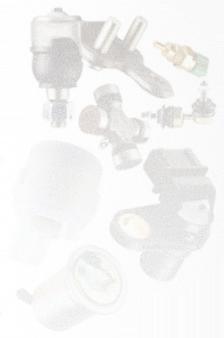
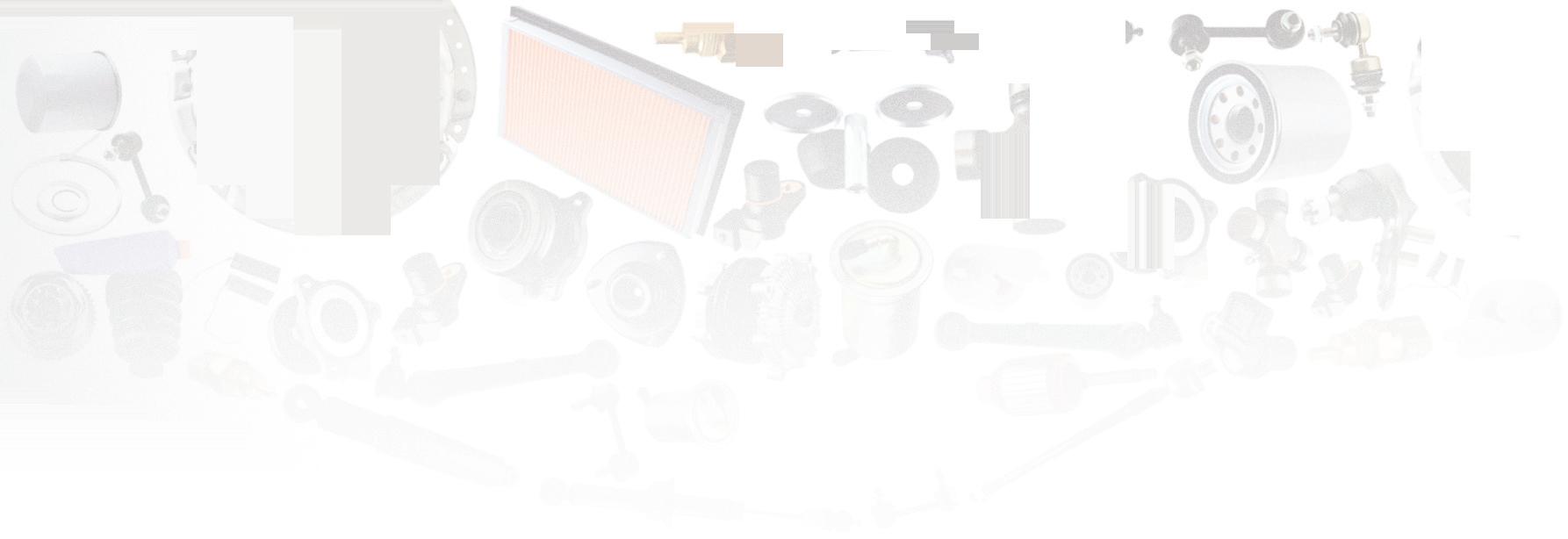
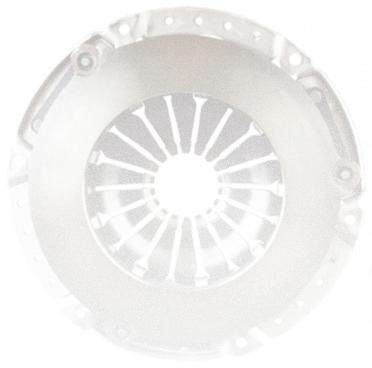
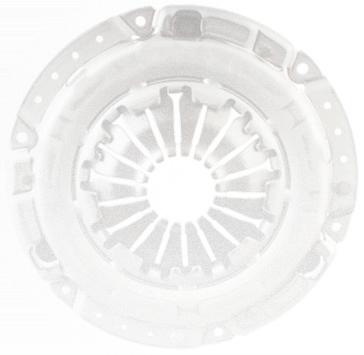

































































































38 / R+W / 05.23 worldpac.com | worldpac.ca Access quality brands, business solutions and technical training all in one place. YOU’RE COVERED Worldpac gets you the right part at the right time. STEERING SPECIALISTS by Ho ey e





































































































































































 BY KIMANZI CONSTABLE
BY KIMANZI CONSTABLE













































































 BY TESS OWINGS
BY TESS OWINGS
































































































































































































